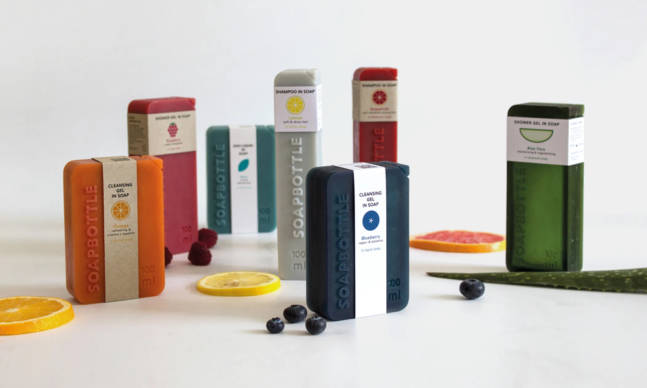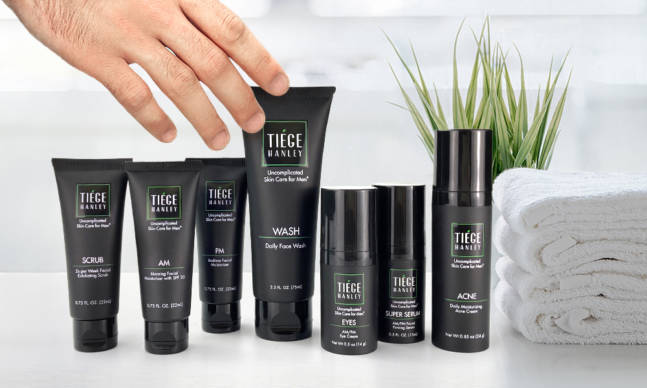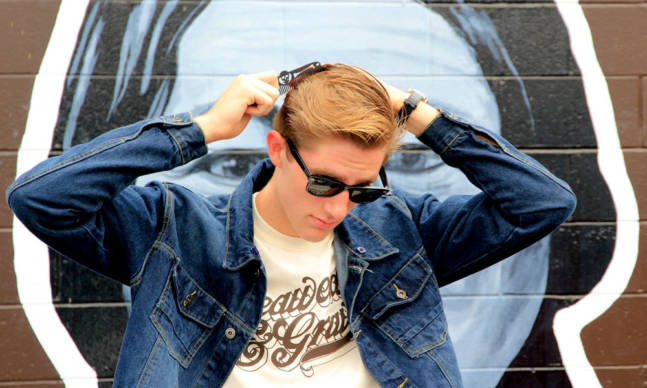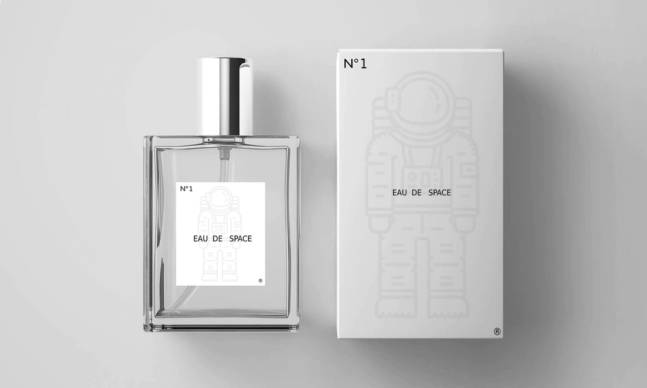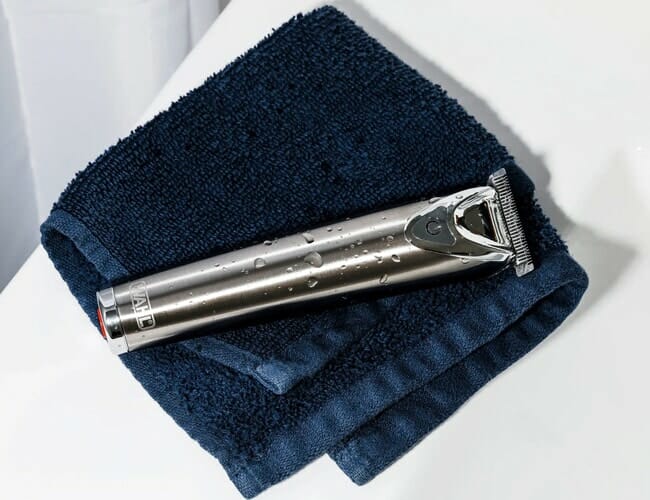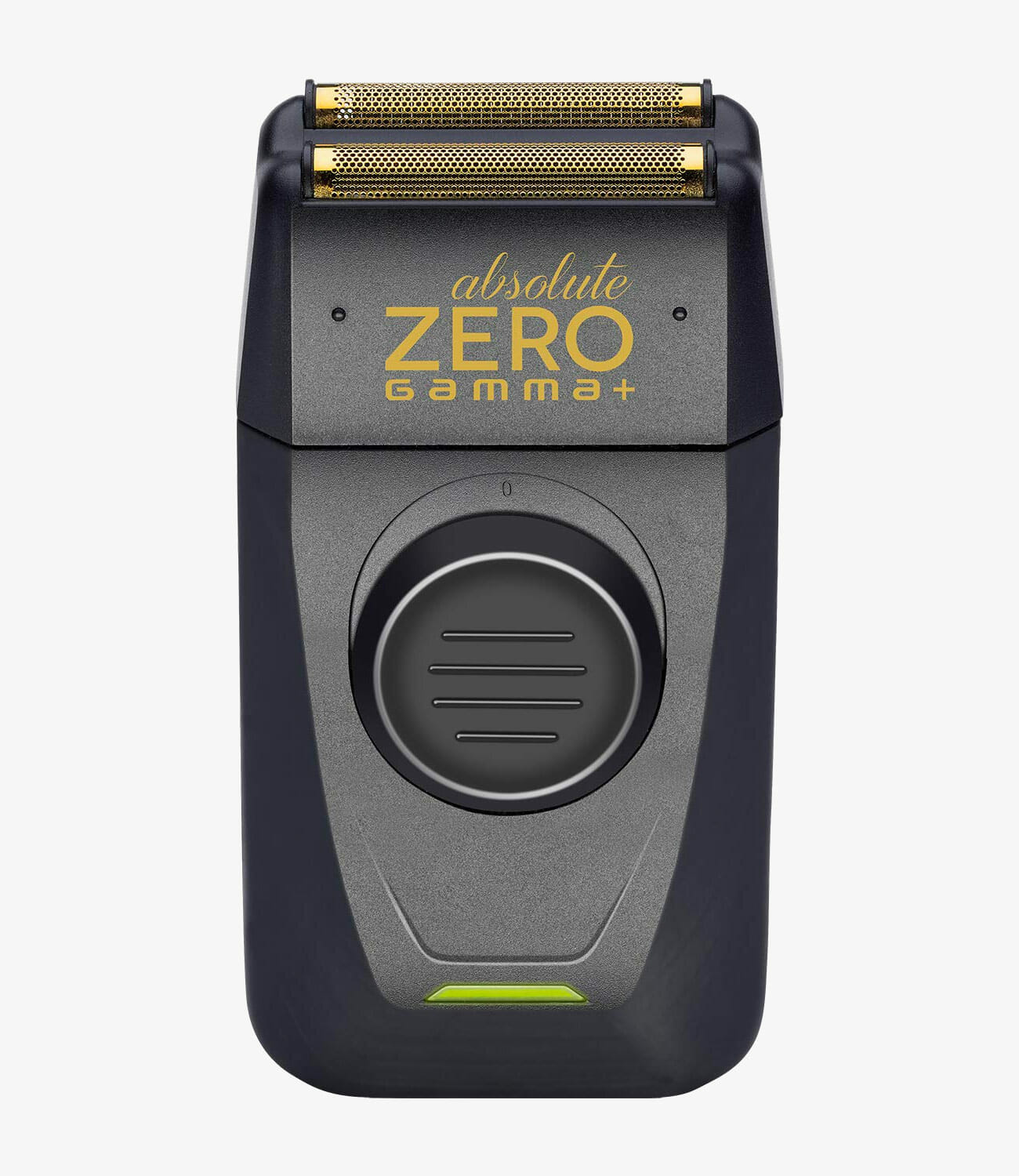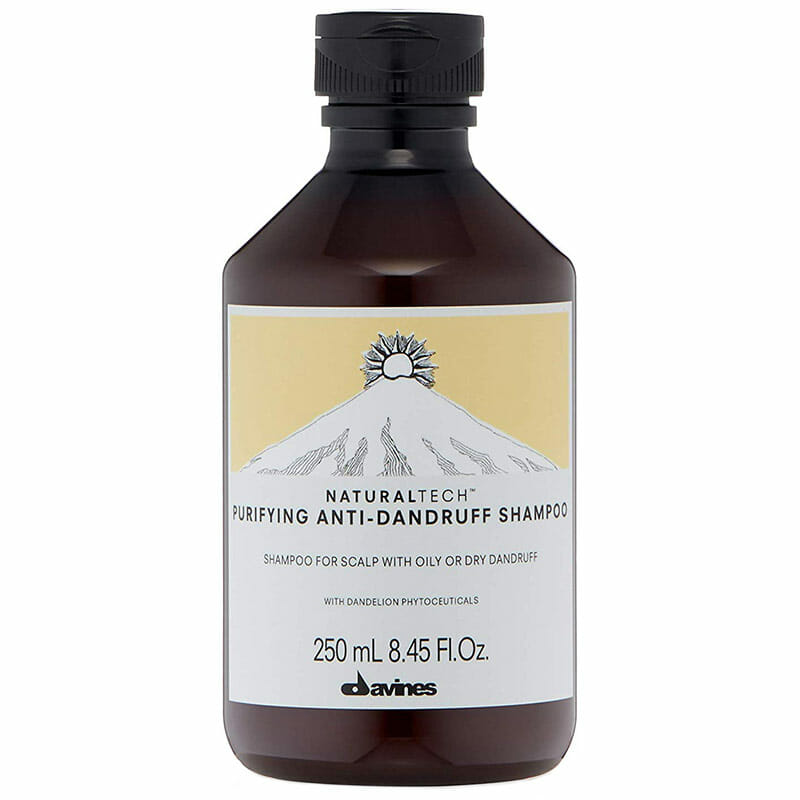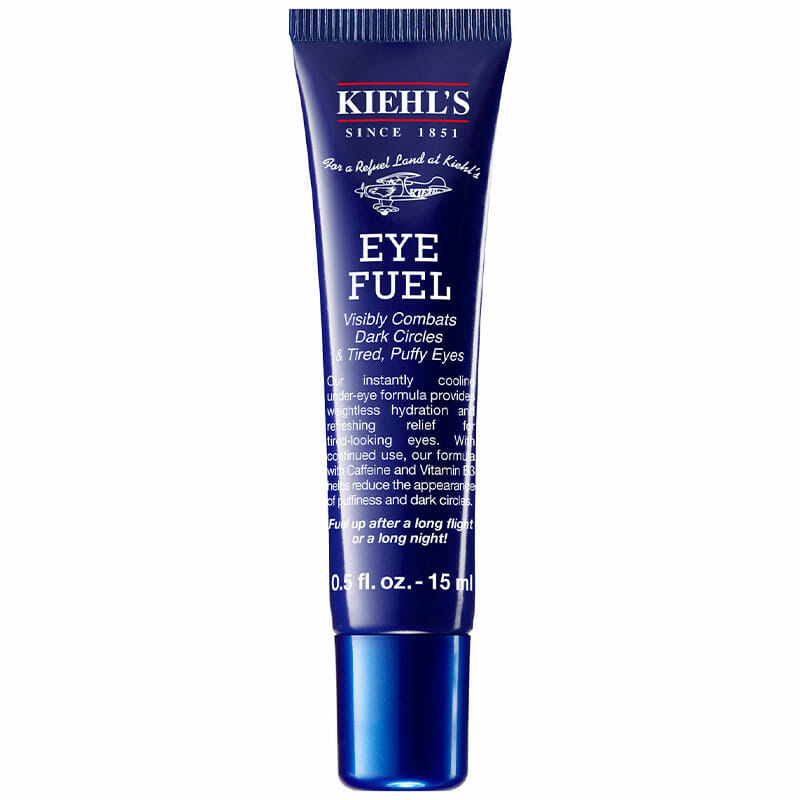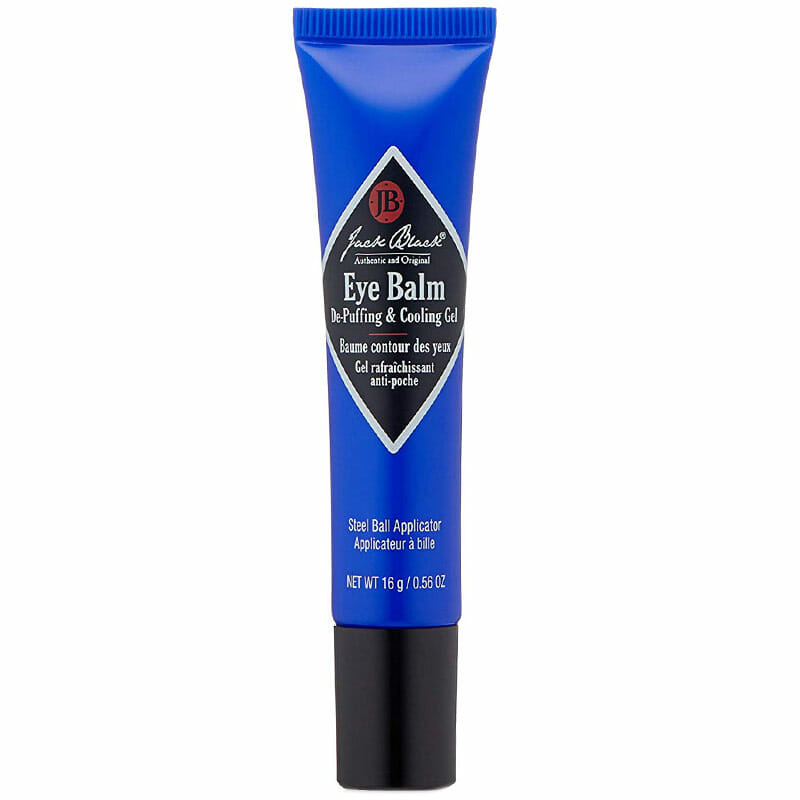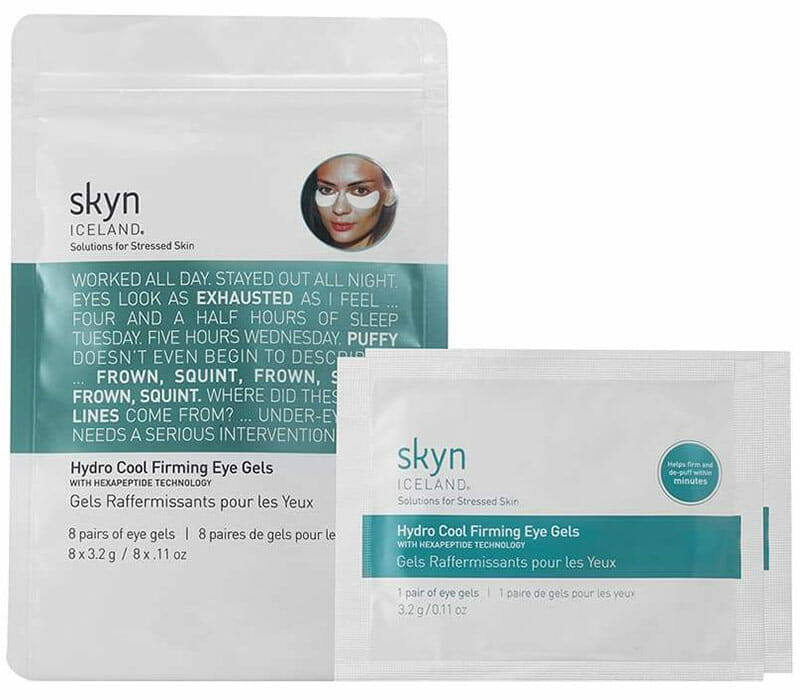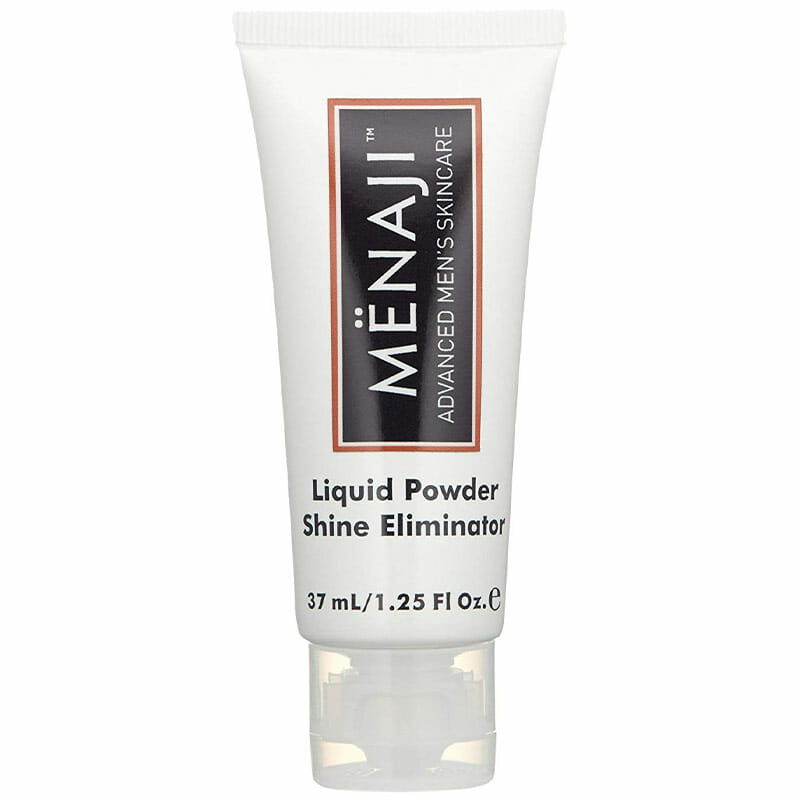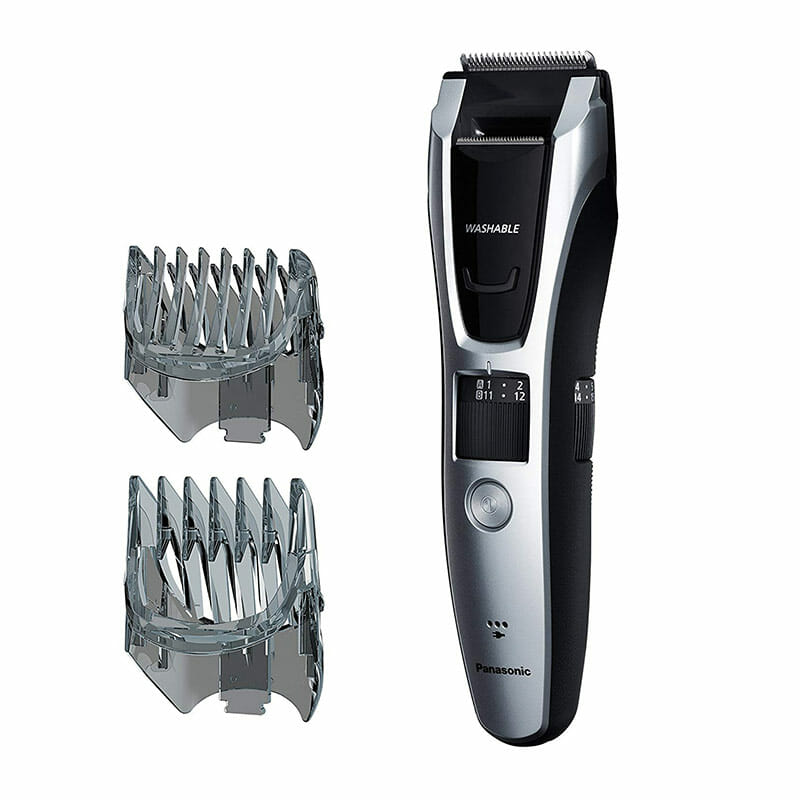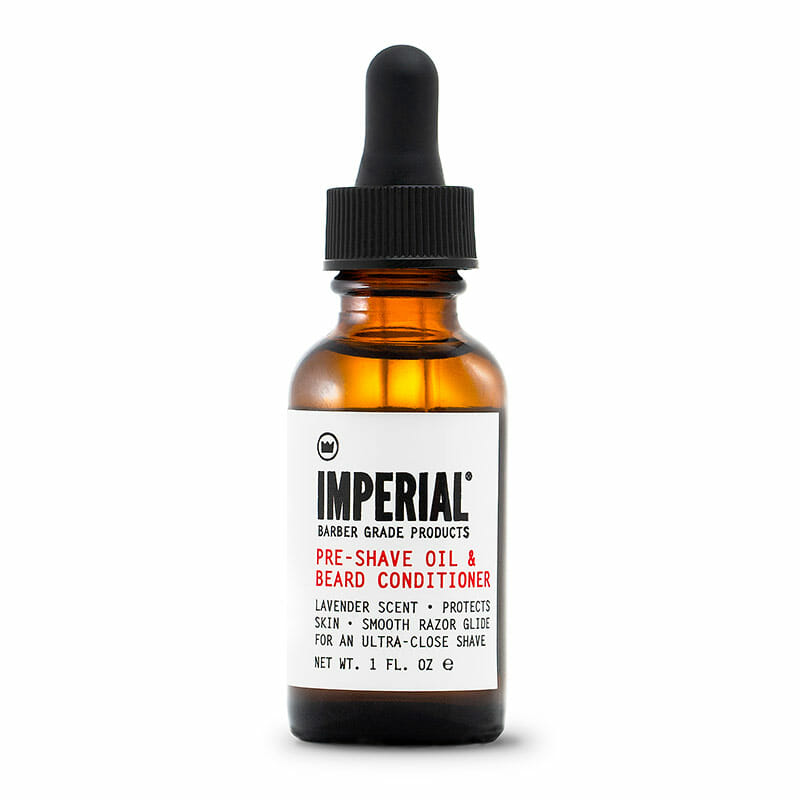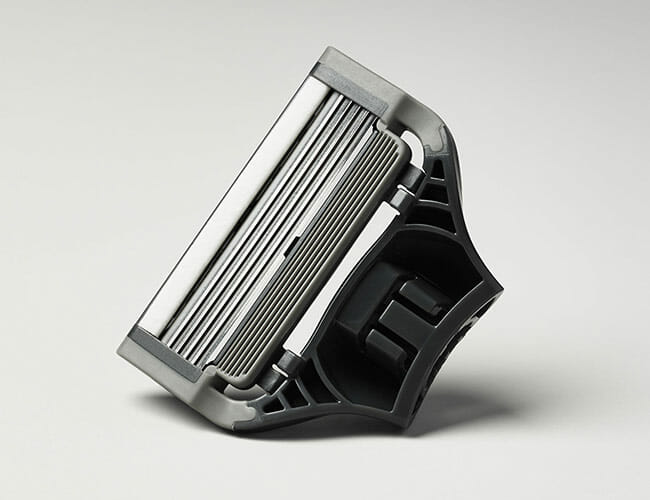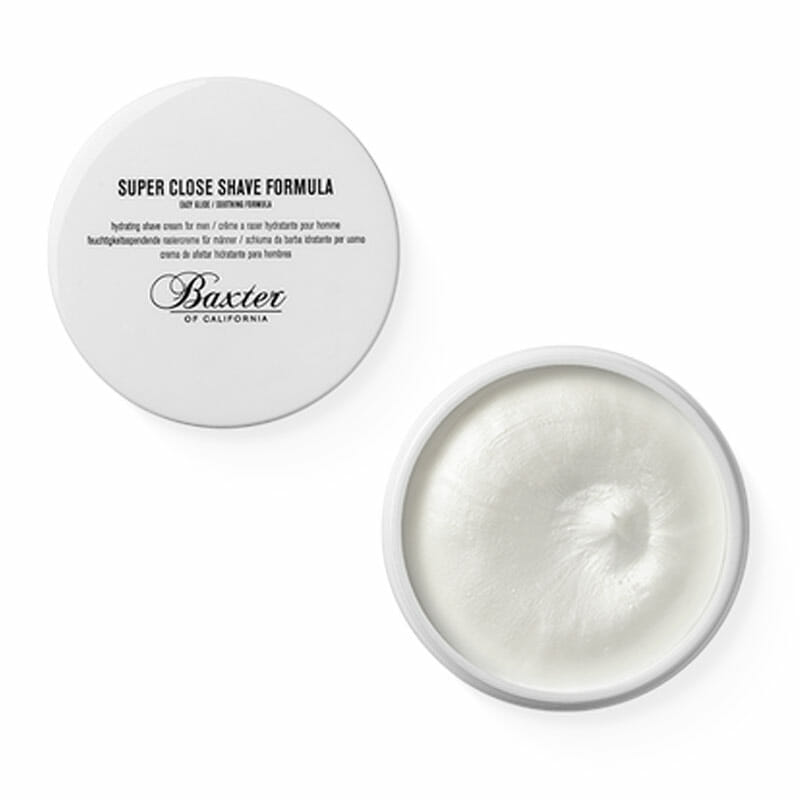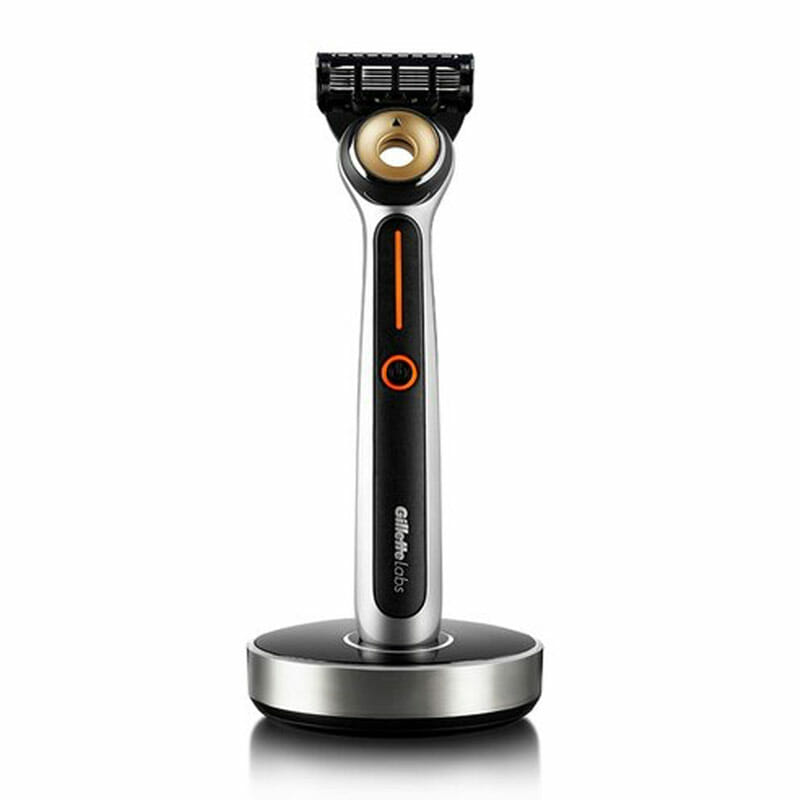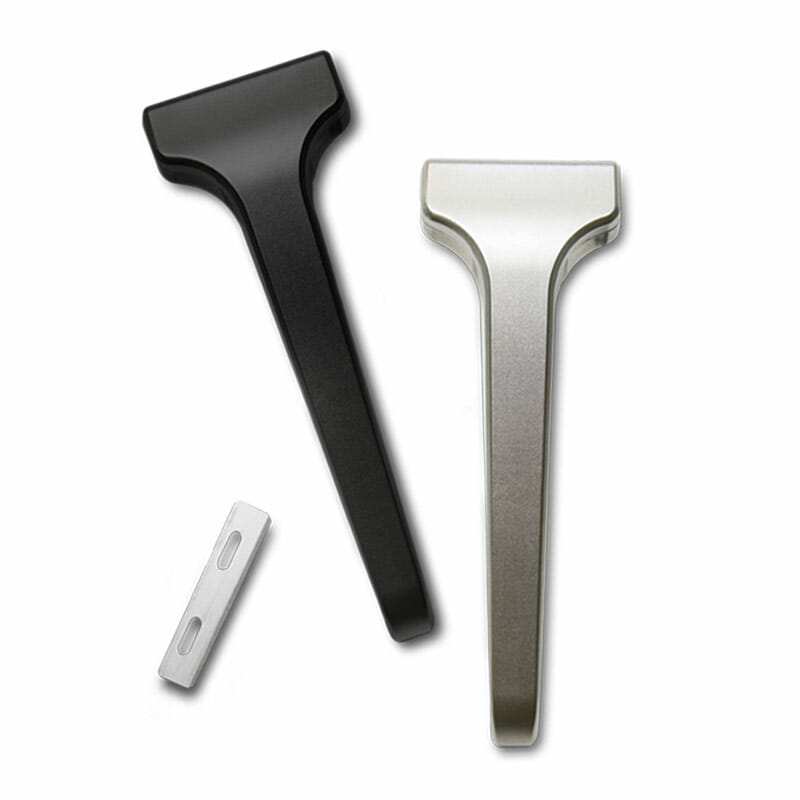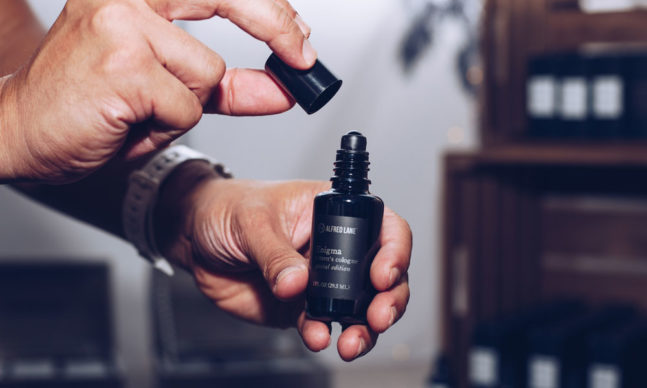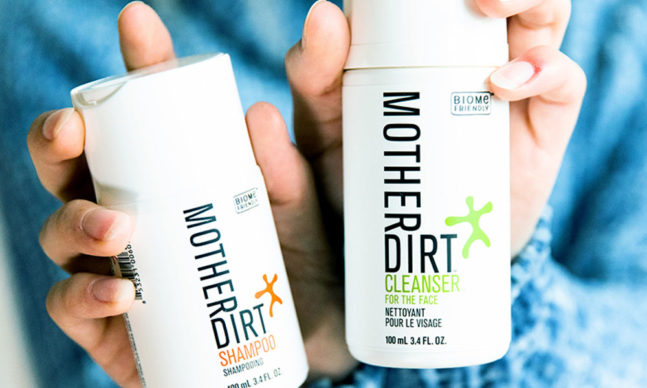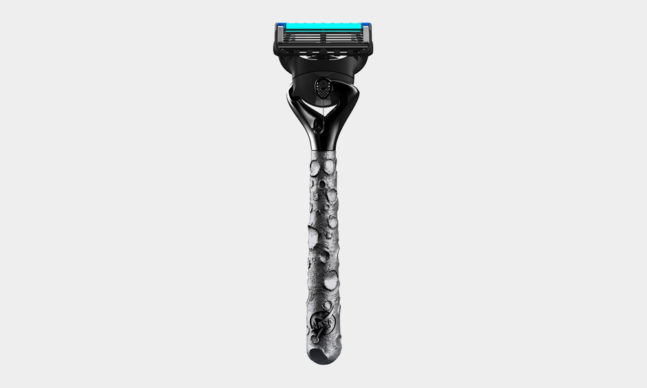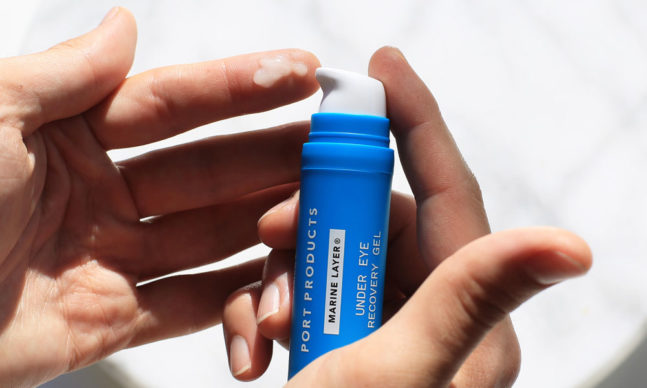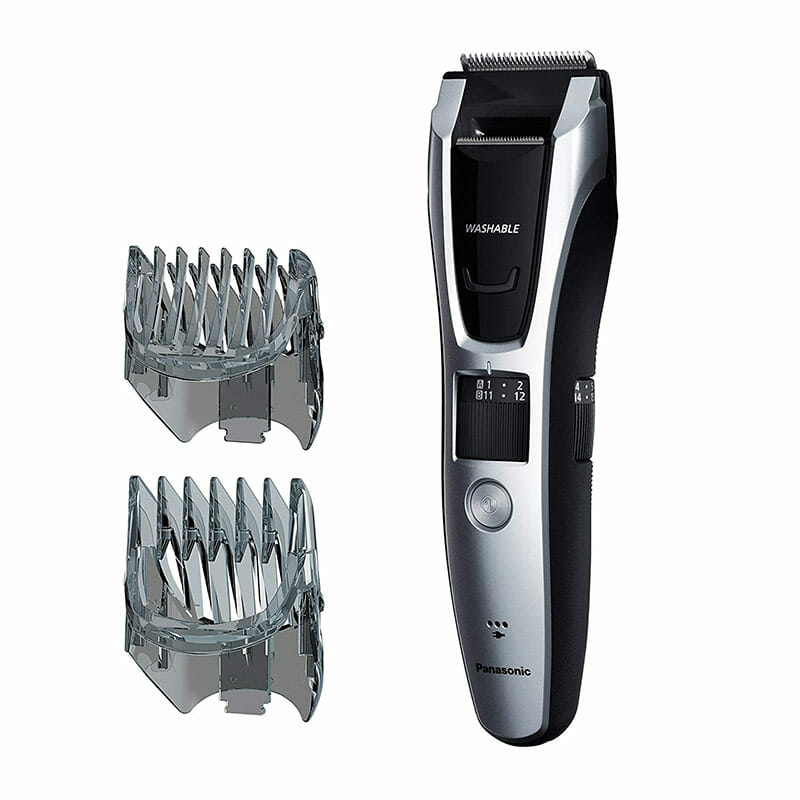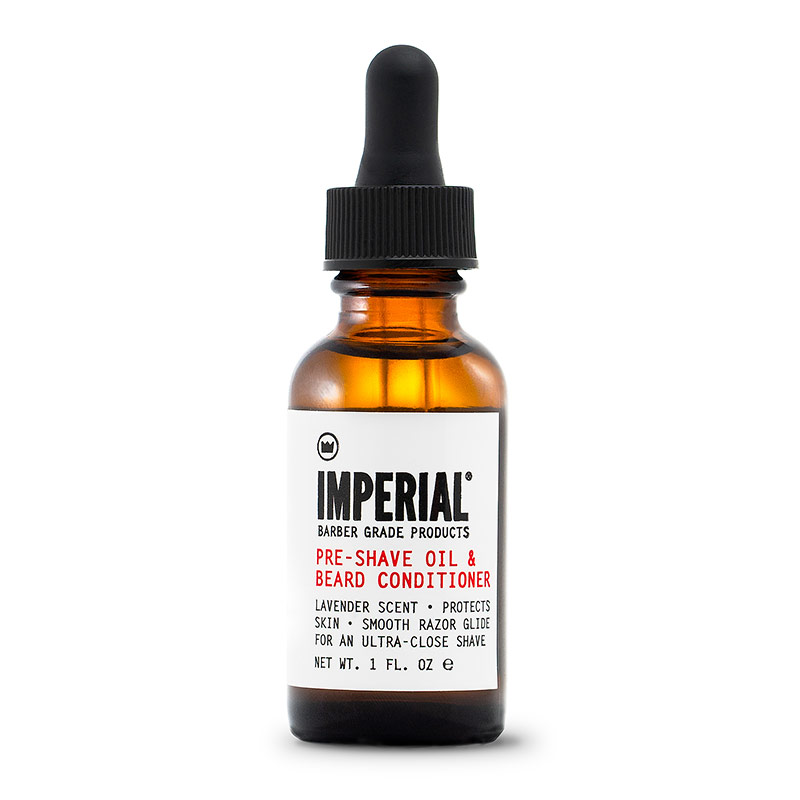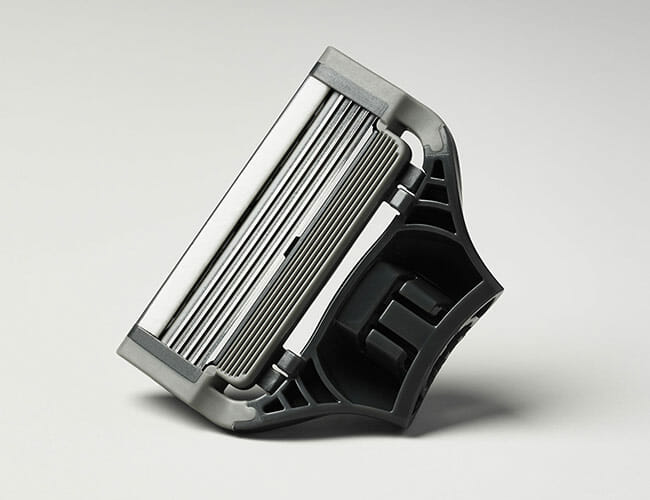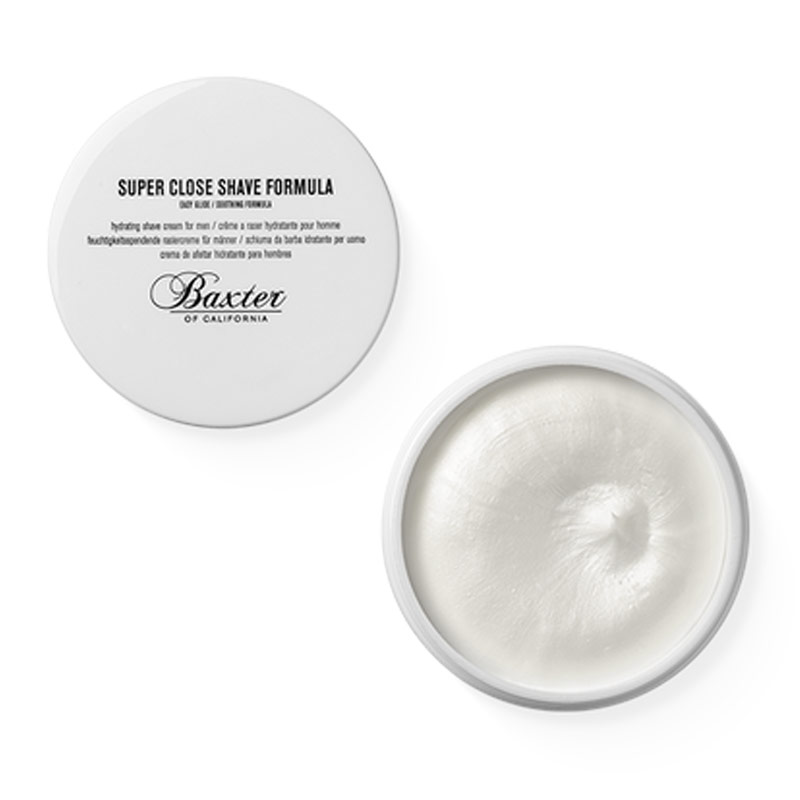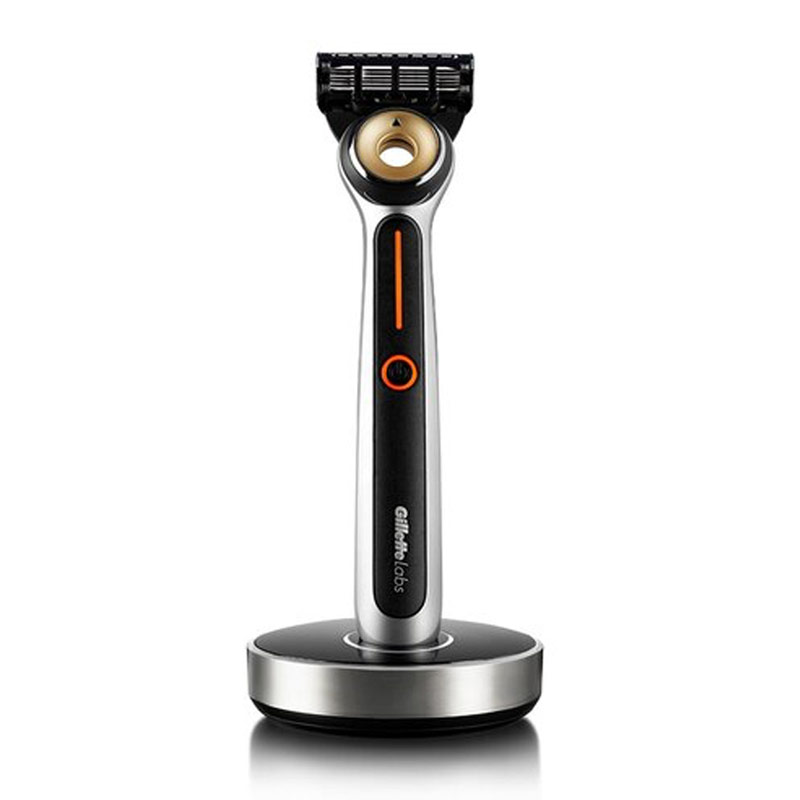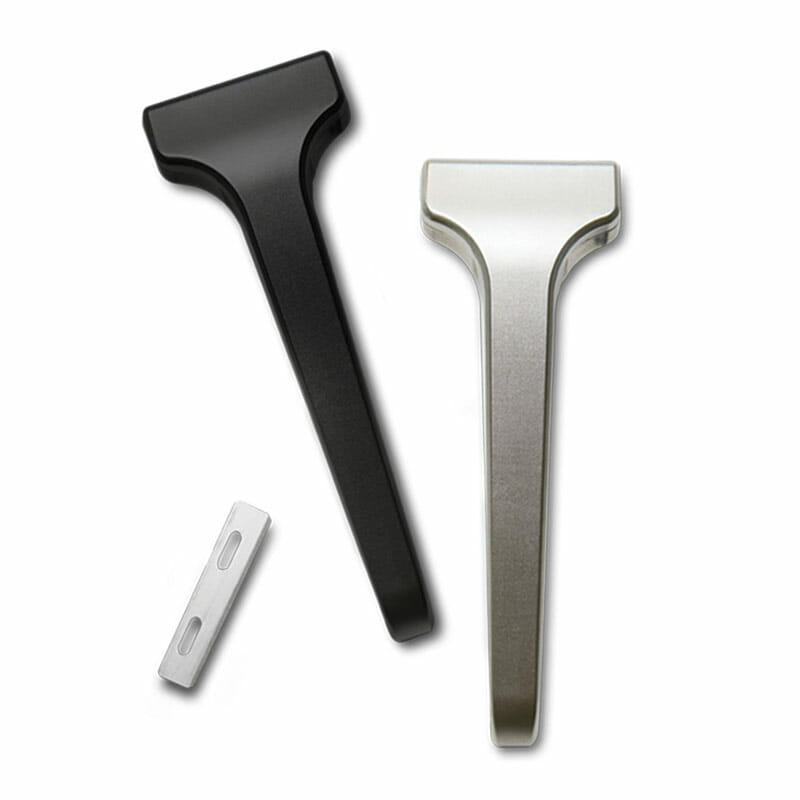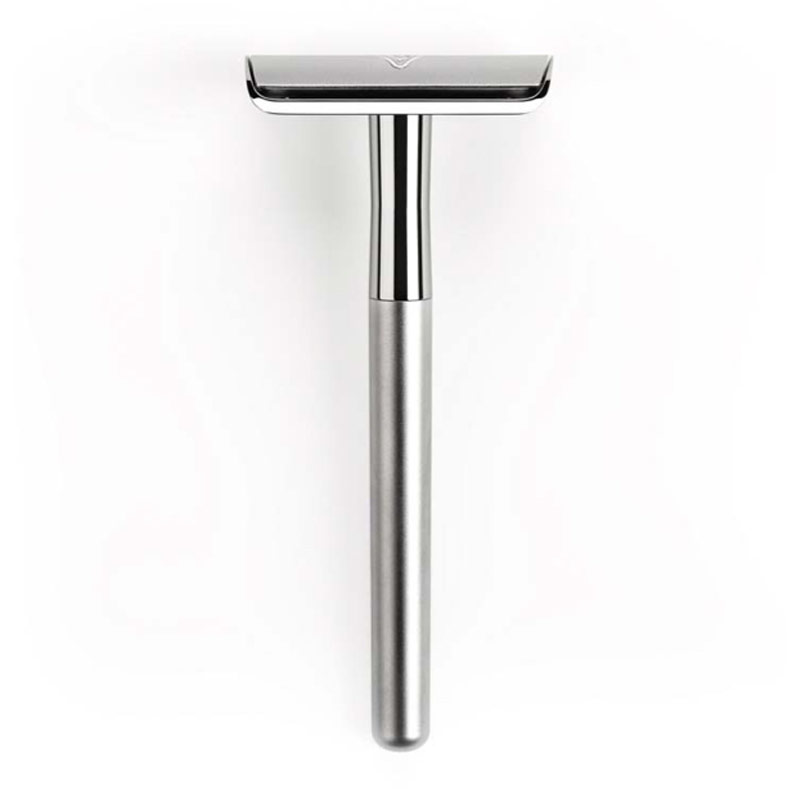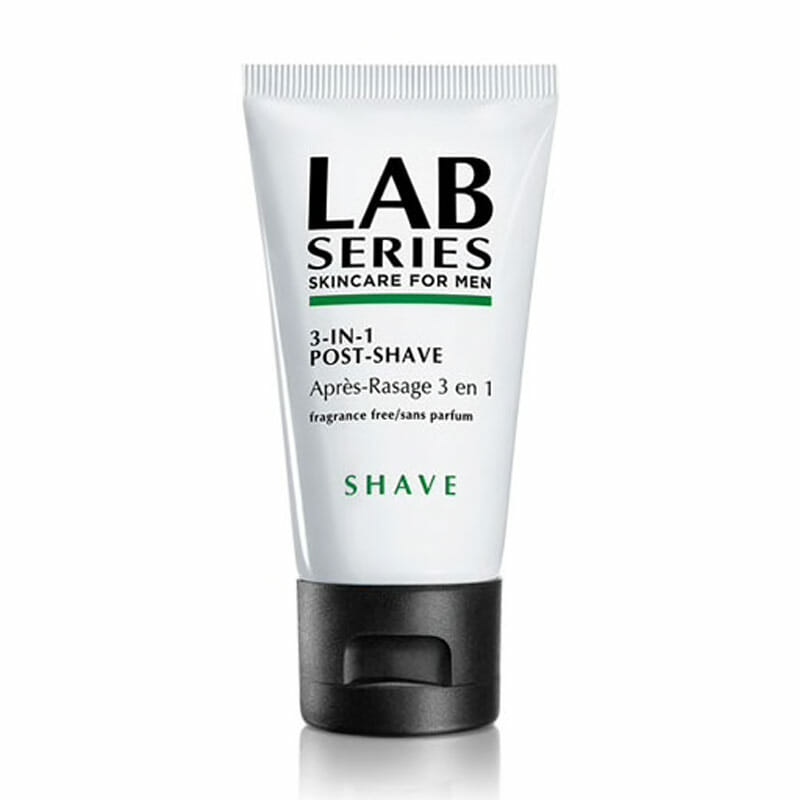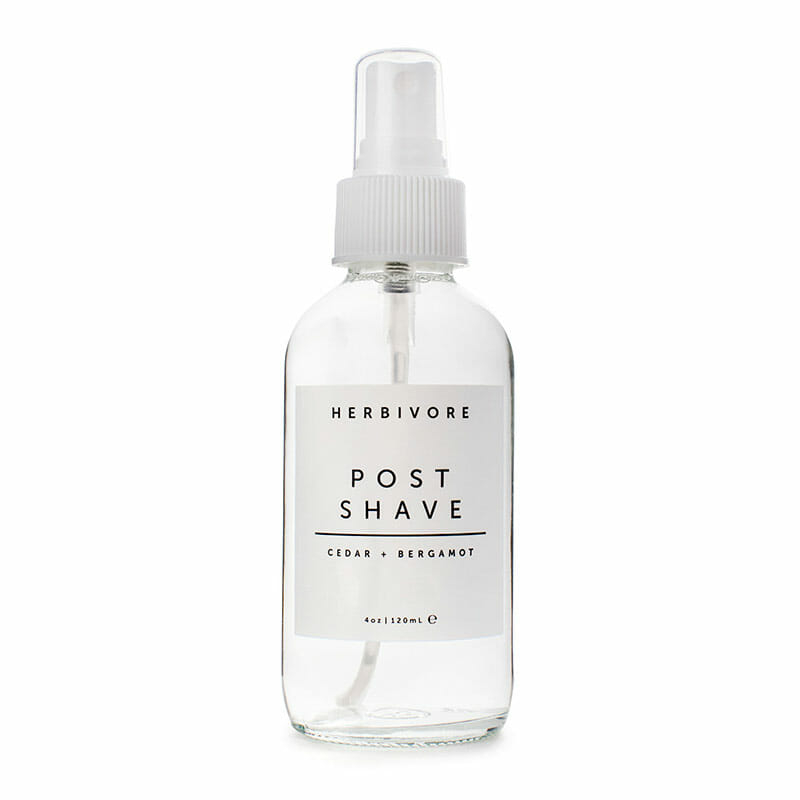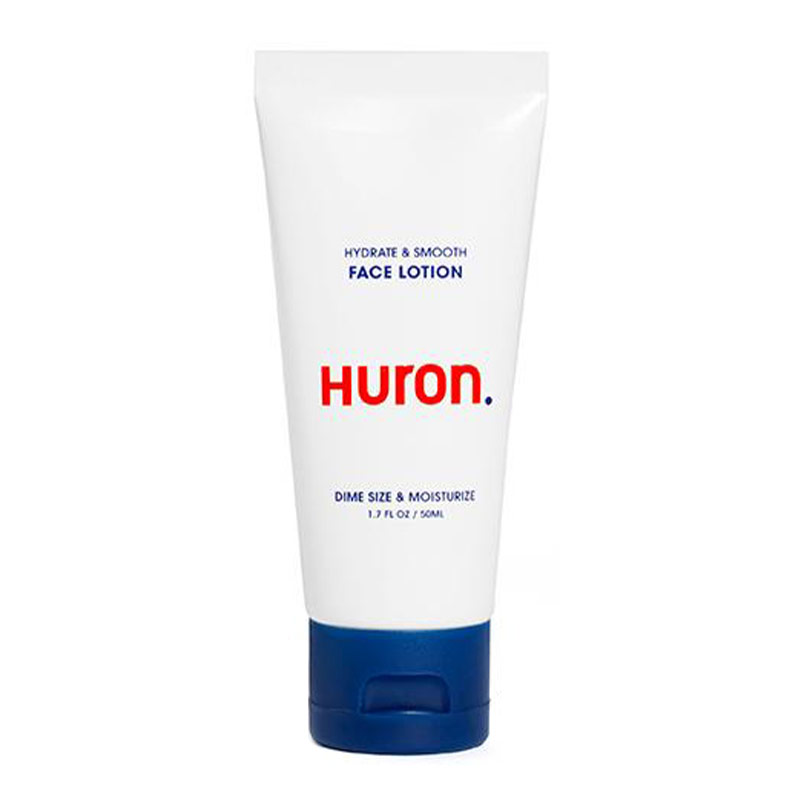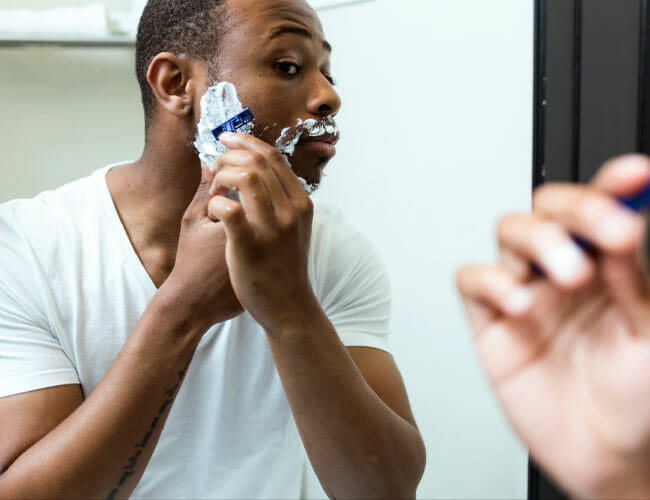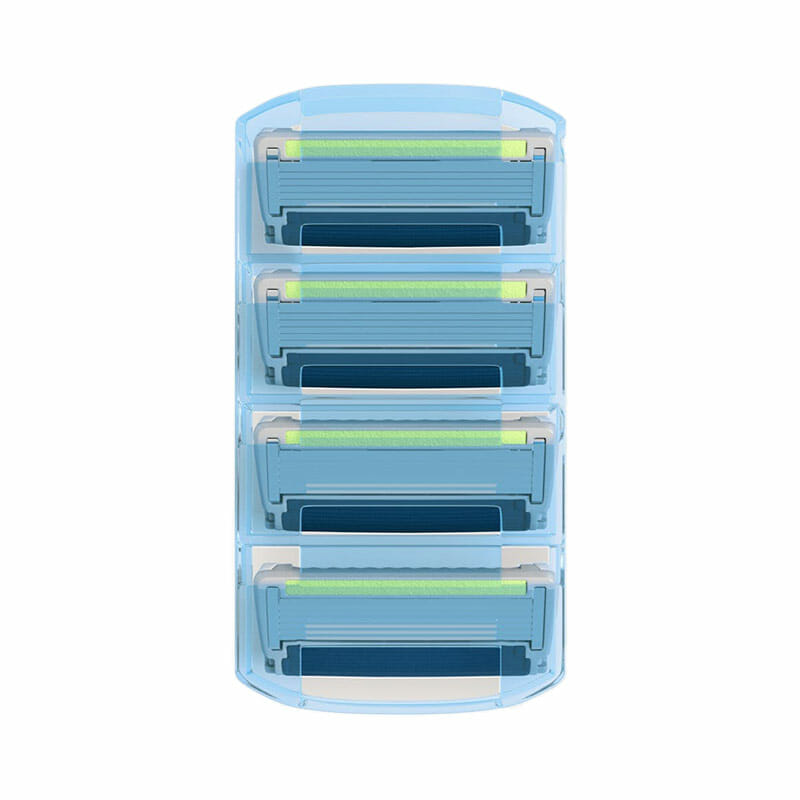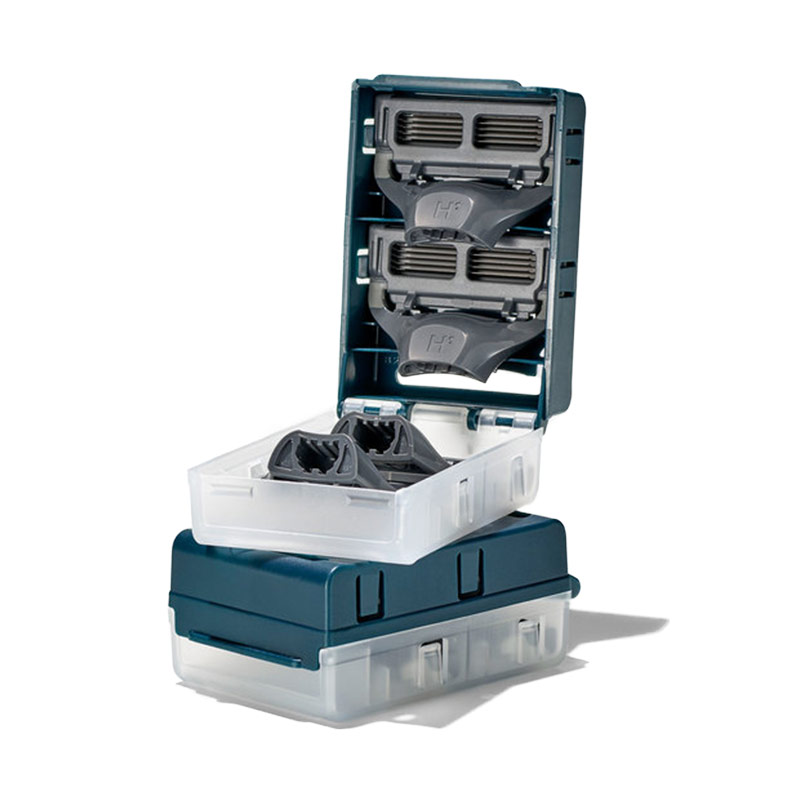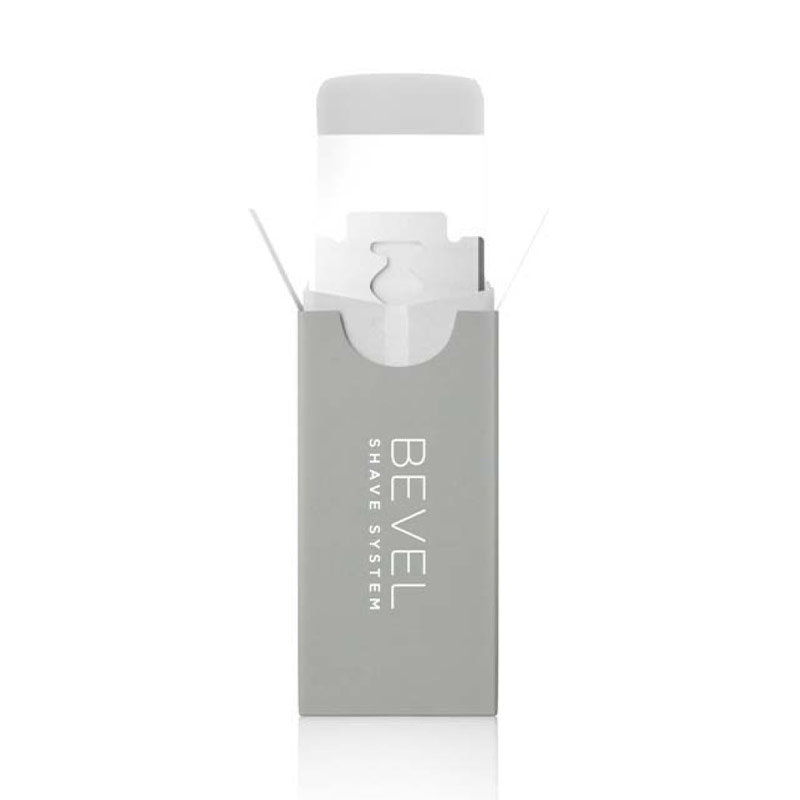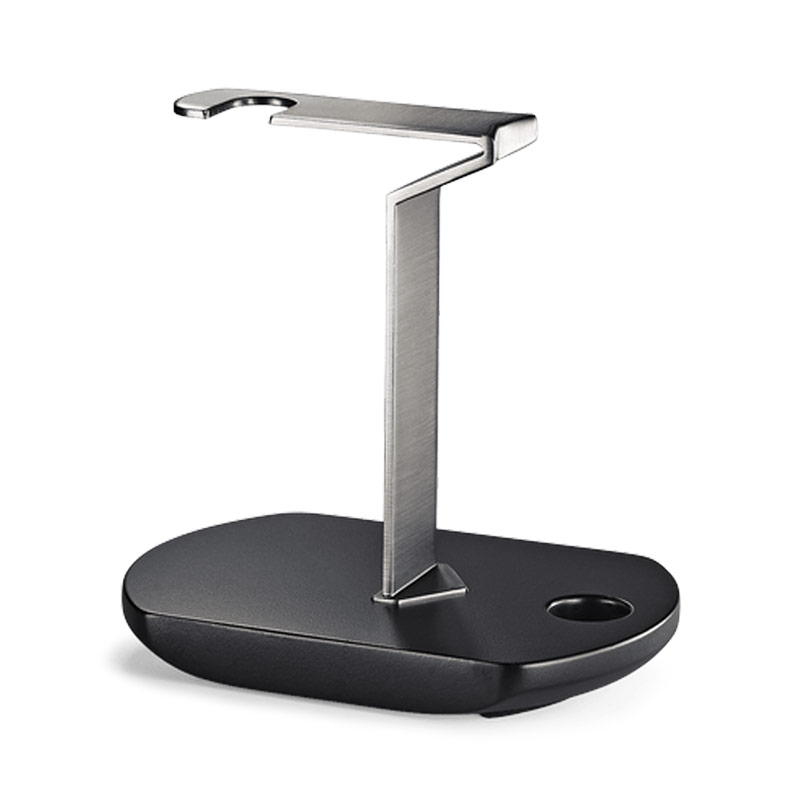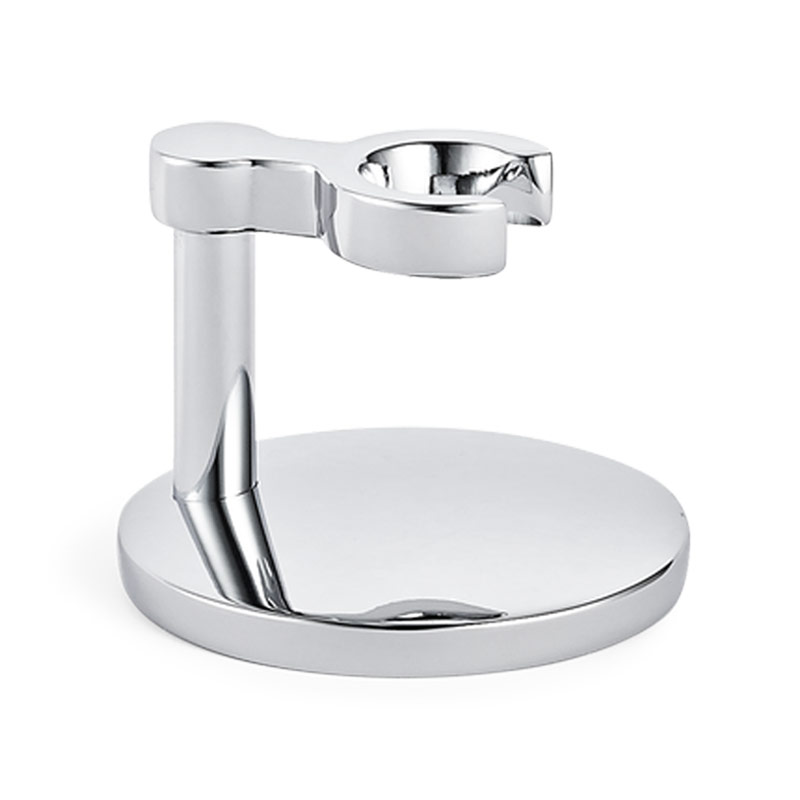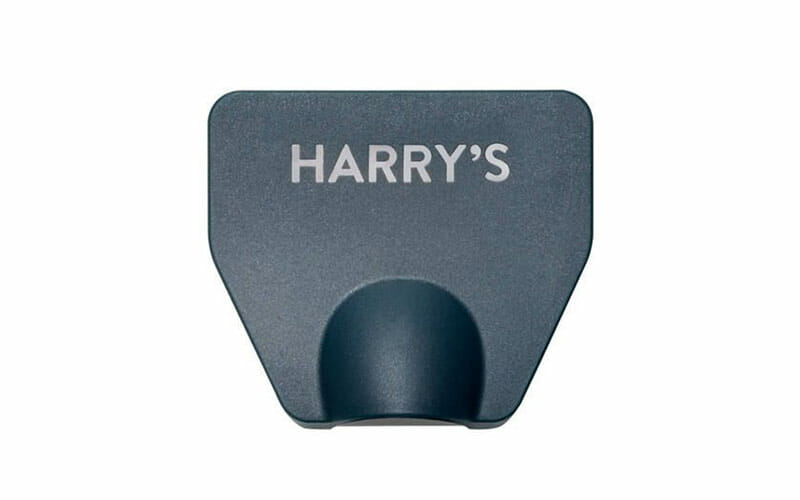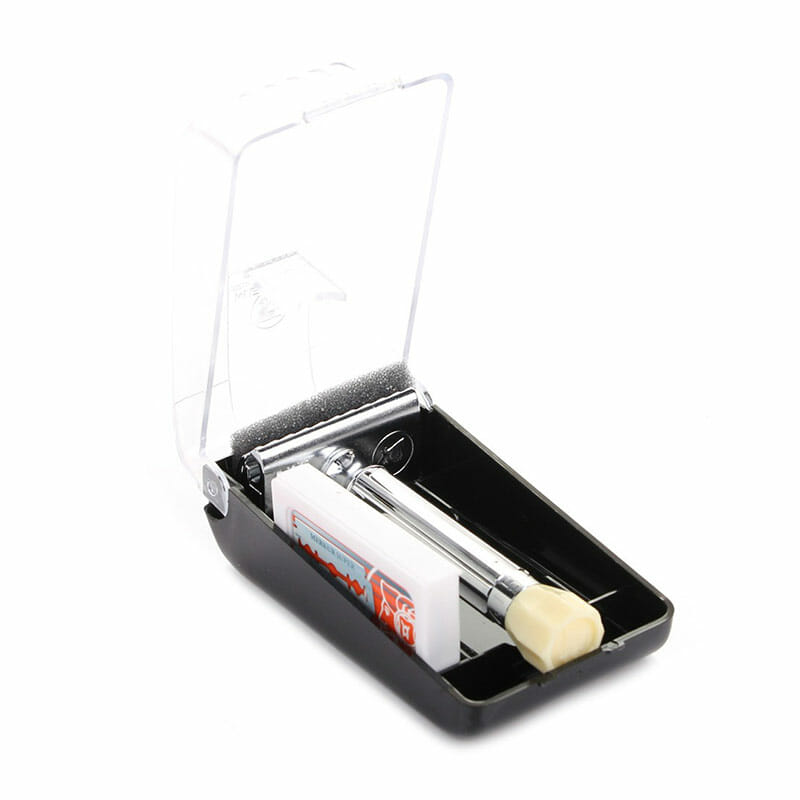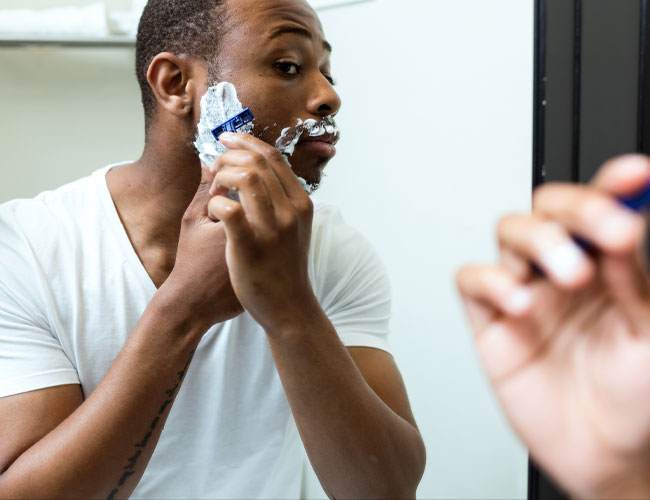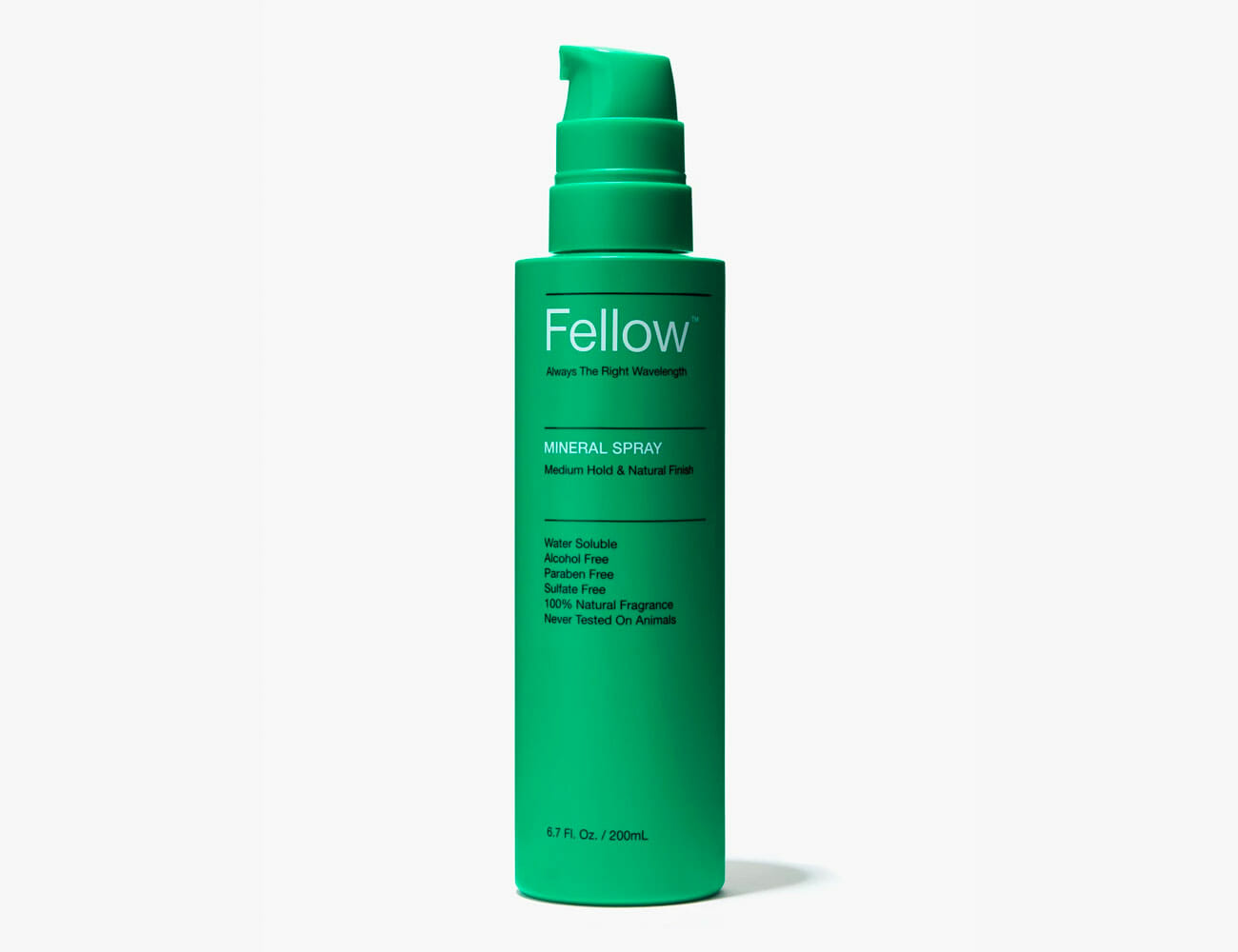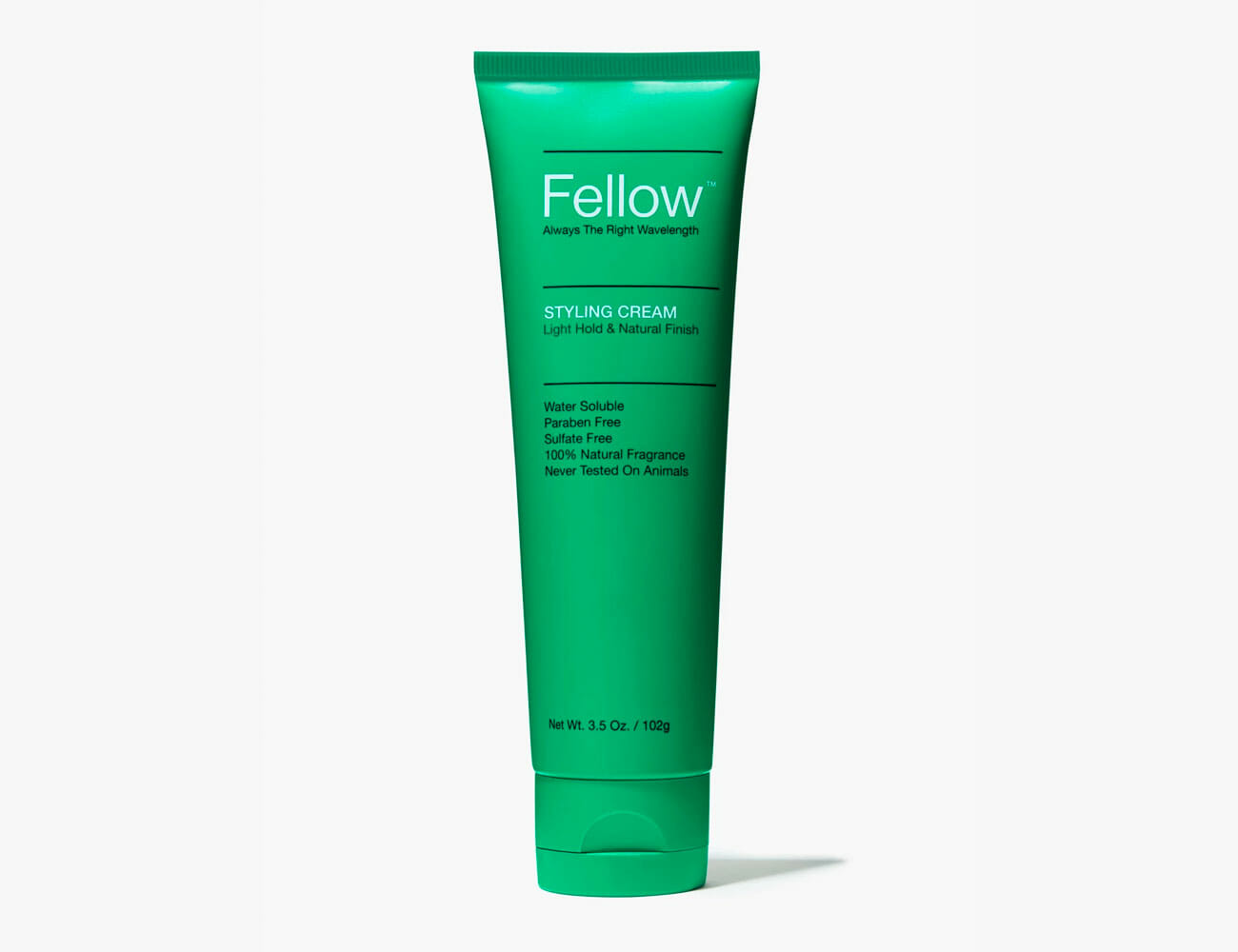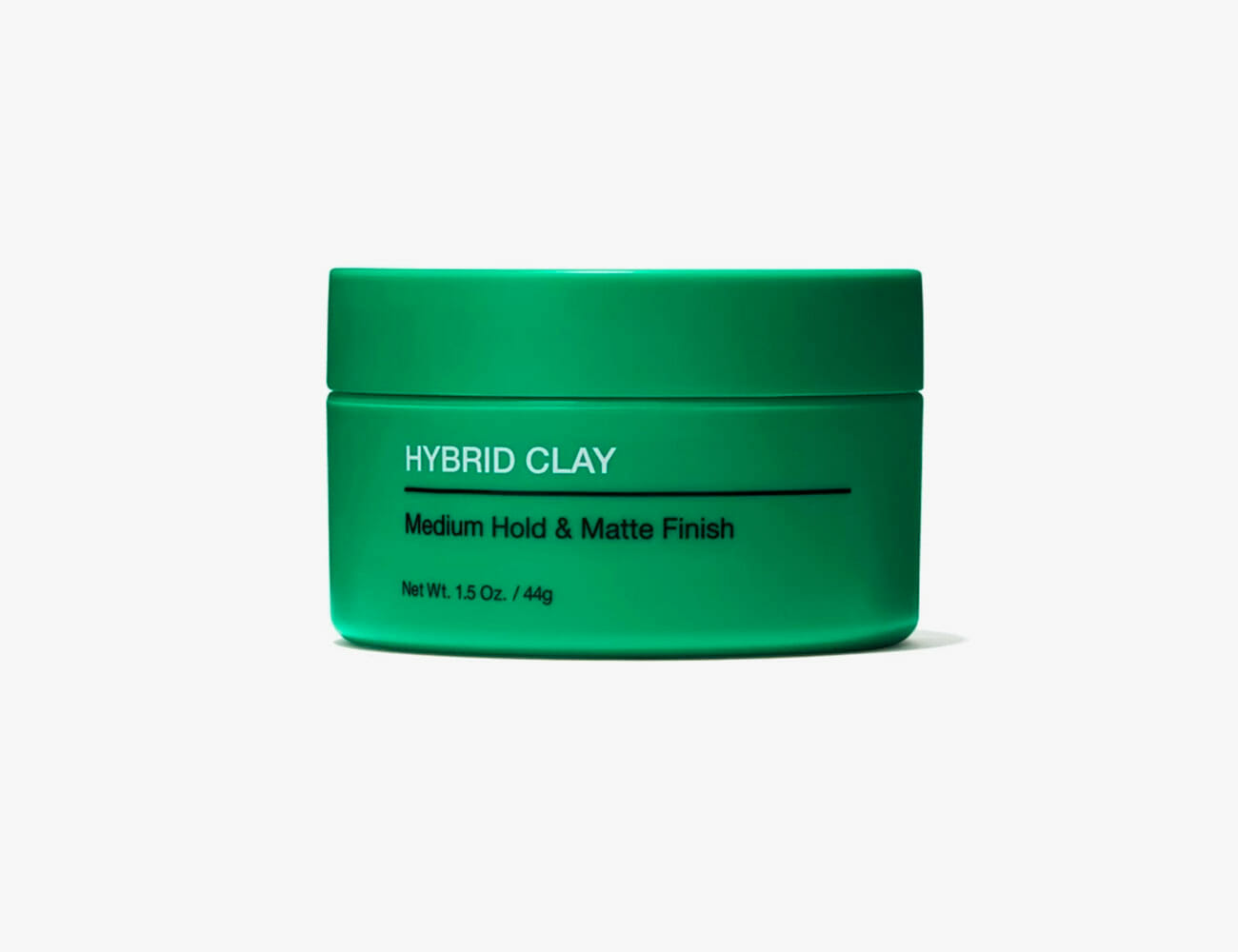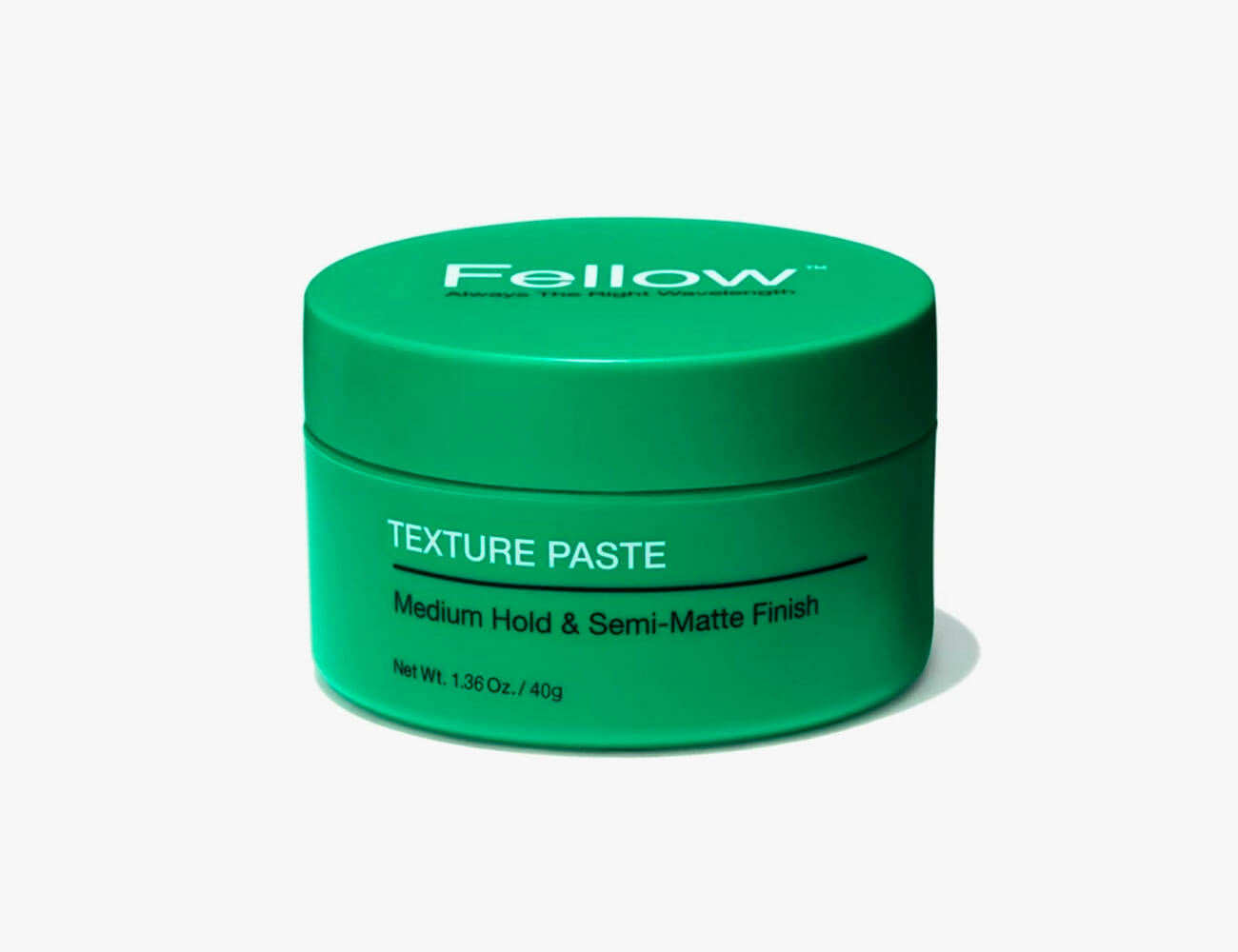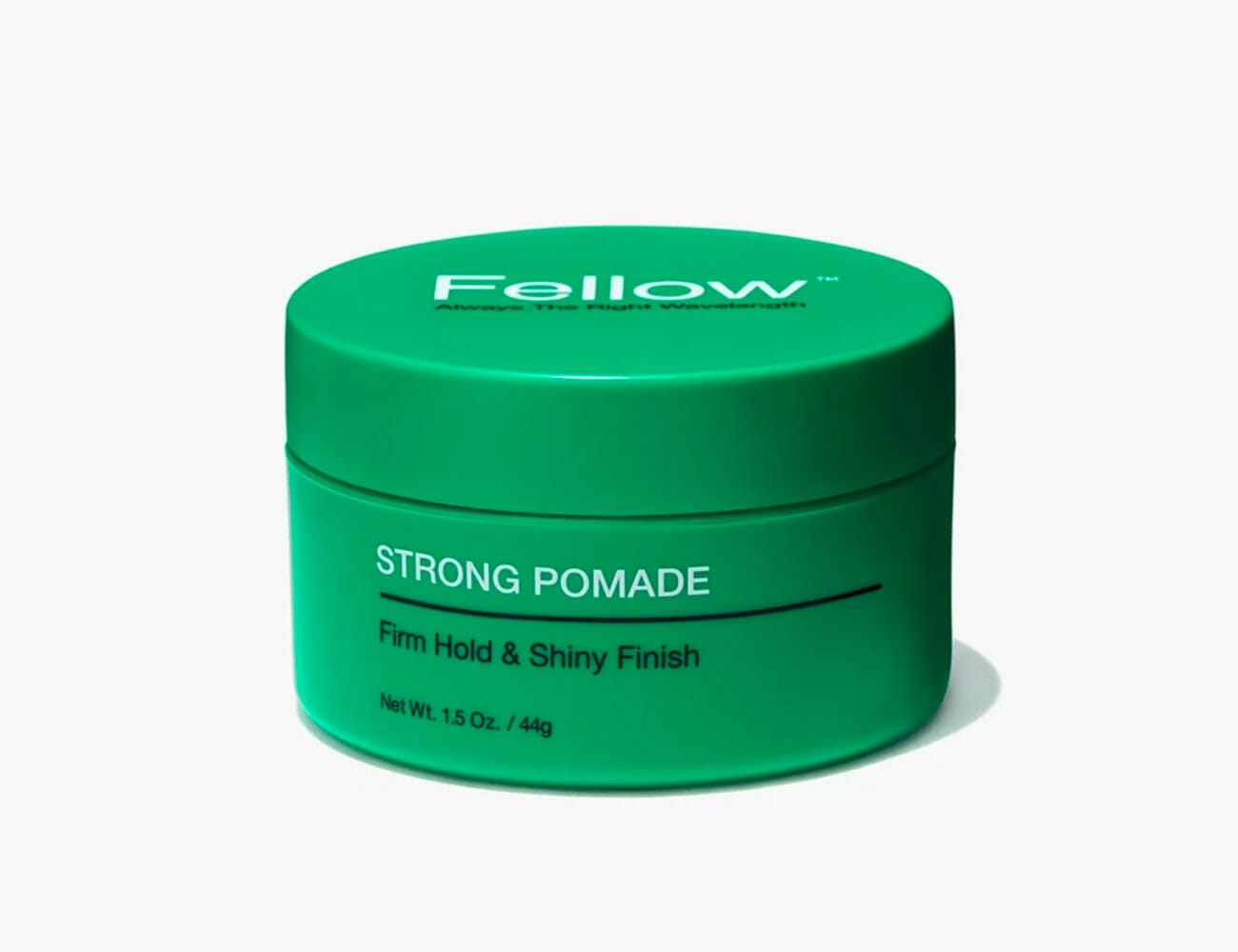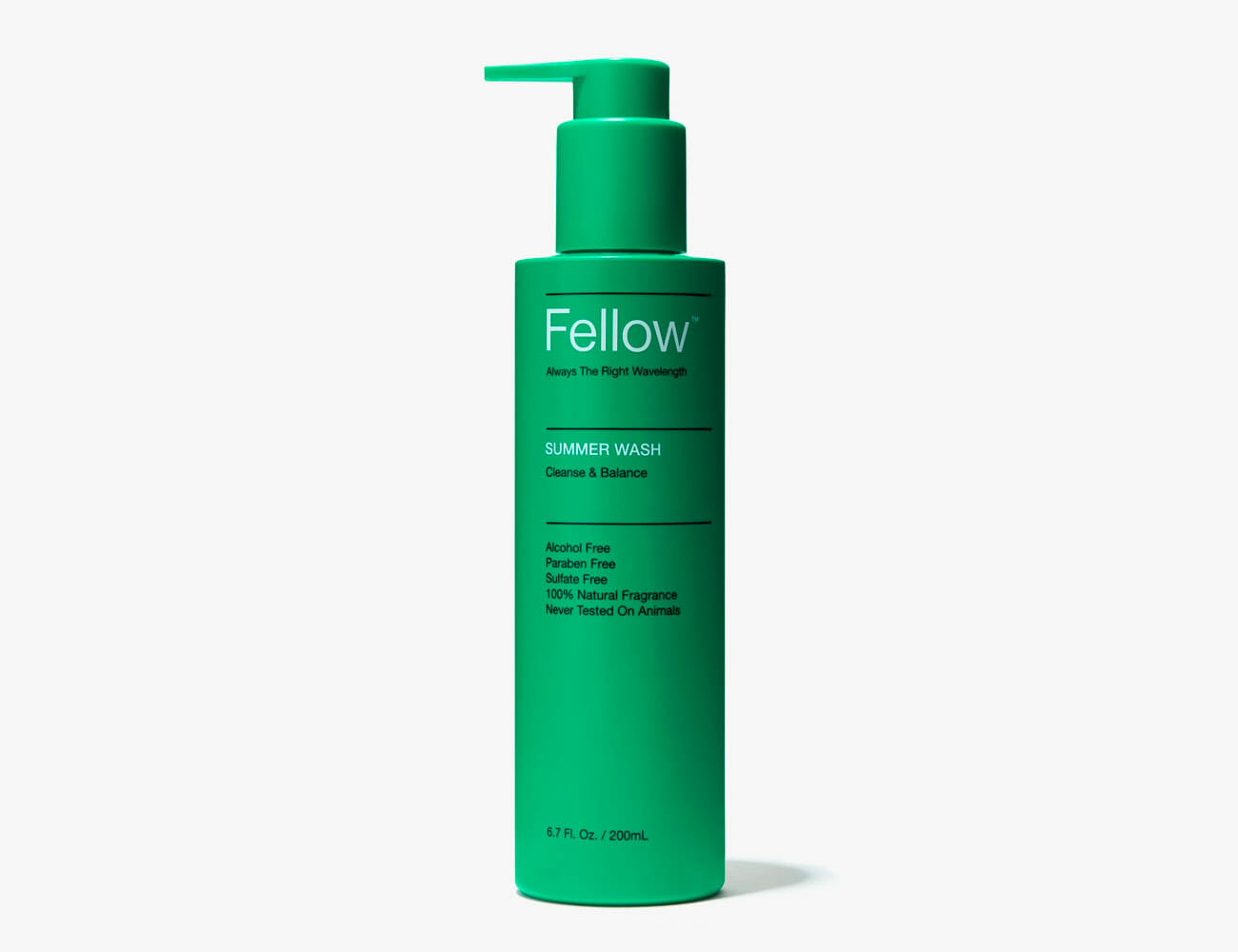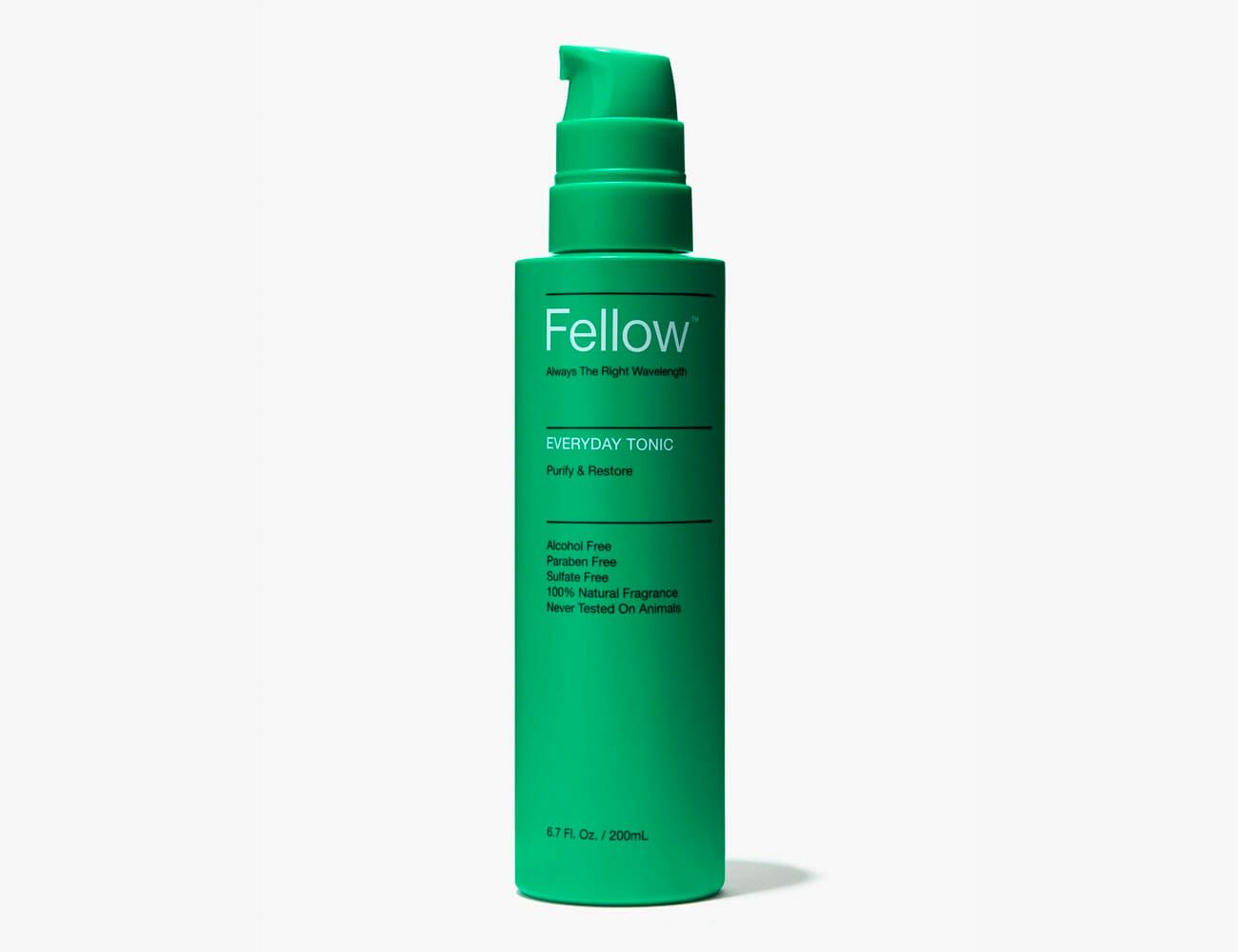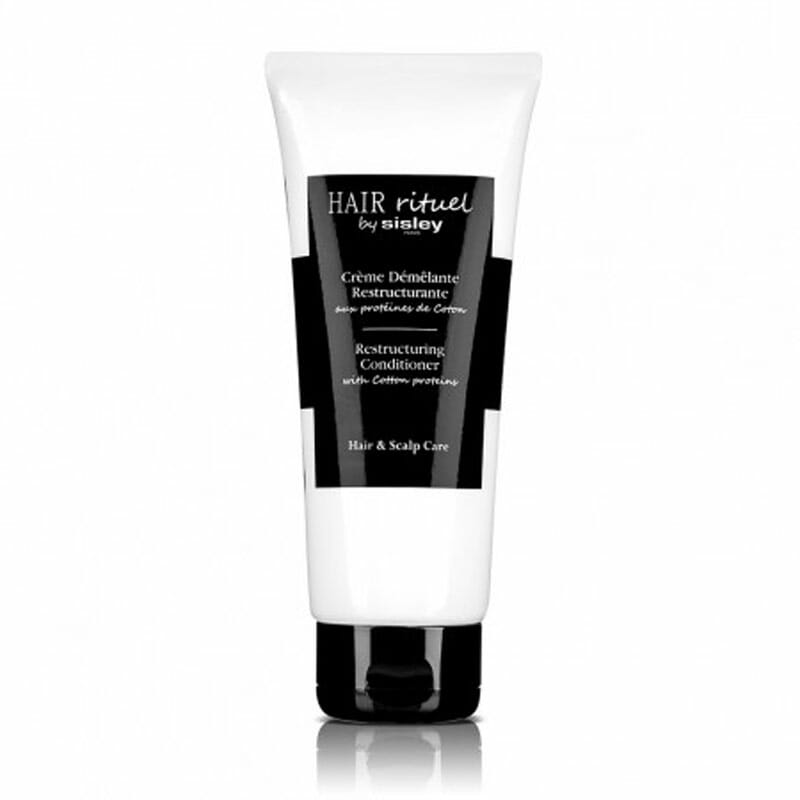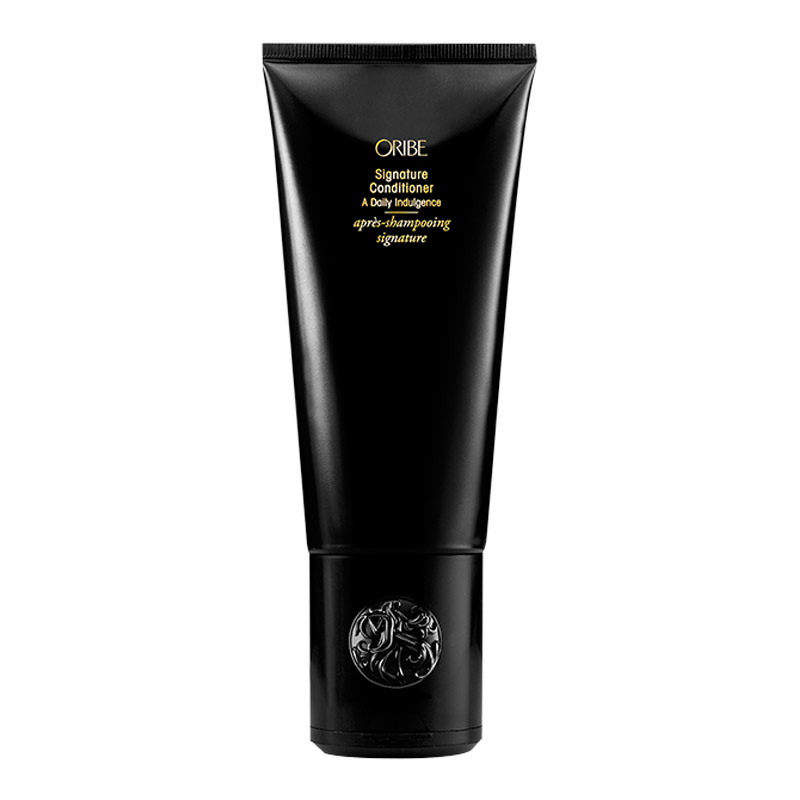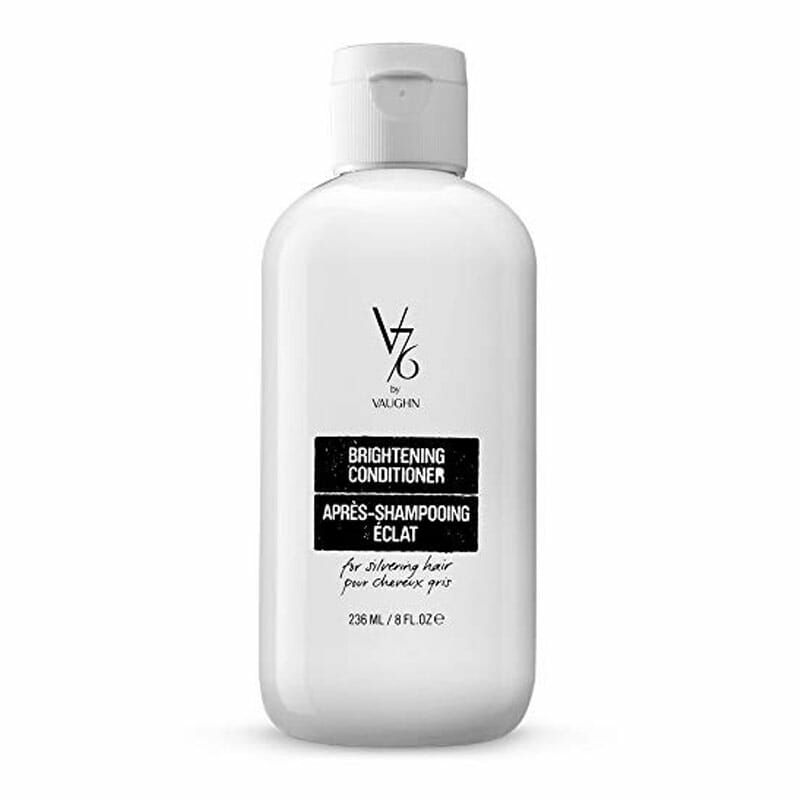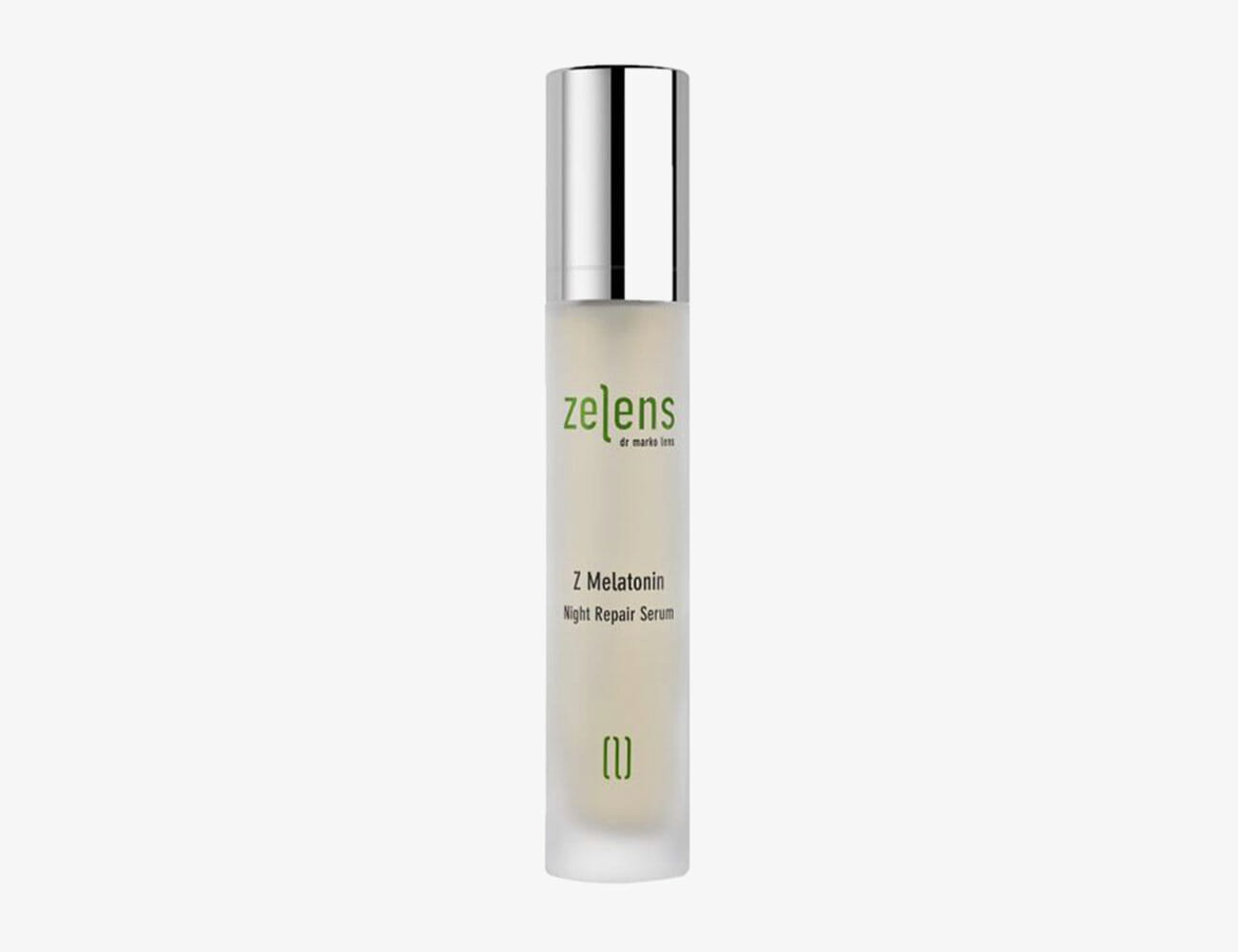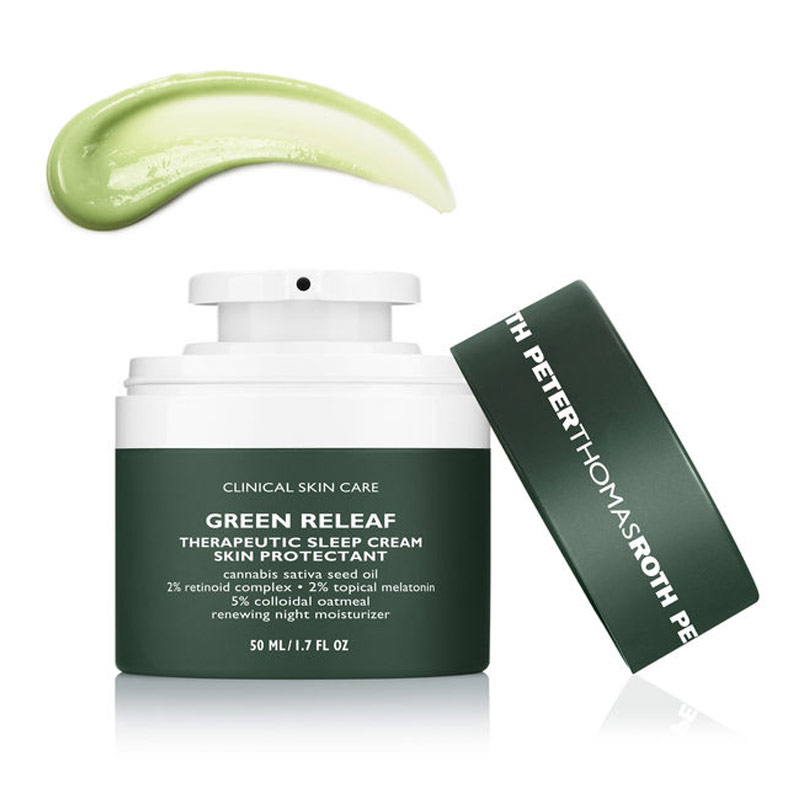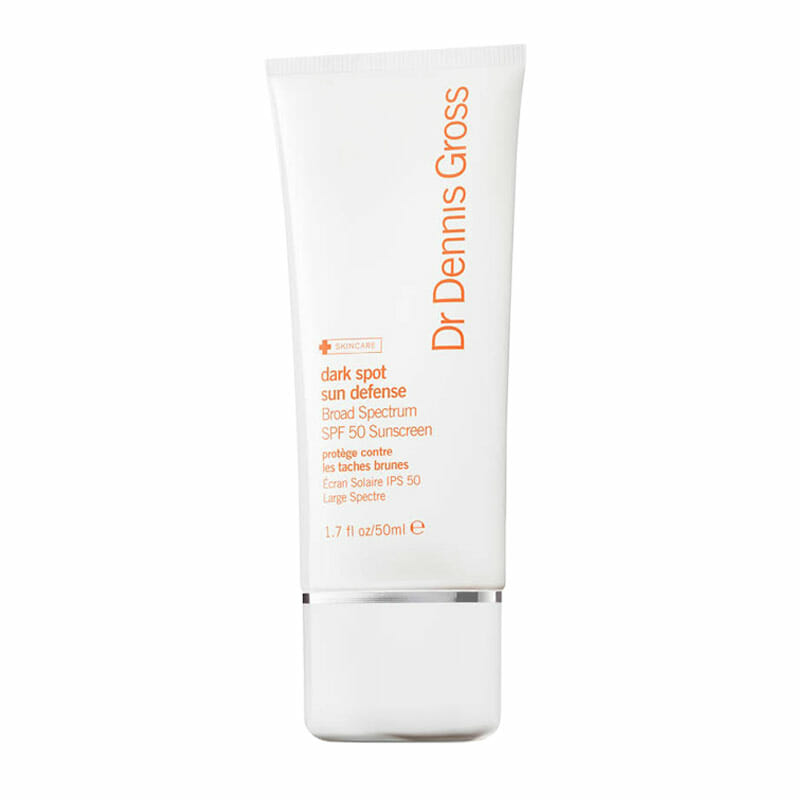If your complexion is looking, uh, complex of late, then you might be in need of a solution. If it’s breaking out, discolored, dull, sprouting dry patches, or is spotty, then you’re a prime candidate for a reset on your regimen. The same goes for sullen or puffy eyes.
And, while there are daily solutions to these problems — namely the miracle product, concealer, which you should have on hand — there are also ways to correct your complexion more permanently. The bad news is that they take a little time for their results to show since skincare is really about building lifelong habits. But the good news is that it only takes a few months to see significant progress and even less time to build the habits that will ensure indefinite improvements.
Here are the steps you should take to significantly improve your complexion in three months. Watch out for comments like “your skin looks so healthy!” and “who is your dermatologist?”
Cleanse, Gently
Some people have genetically dry skin, while other people render their own skin dry by over-cleansing it. Sometimes, this often triggers a pimple or three, too.
The oils in our skin are essential for keeping our complexion clear, firm, youthful and nourished. But they require a delicate balance: Too much oil leaves you looking shiny, or clogs the pores and leads to a breakout. Too much cleansing dries everything out, and in turn signals to the body to produce more oil as a result. Then, the increased oil production again causes breakouts. Suddenly you’re trapped in a cycle.
The best solution is to invest in a gentle cleanser, no matter your skin type. A creamy, sulfate-free cleanser will rid the skin of excess oil and grime without stripping it of moisture. It’s a more soothing type of rinse and one you can do multiple times a day (ideally just morning and night) without worrying about over-drying.

Ocean Cleansing Milk by Osea $54
Try a Chemical Exfoliant
If your complexion looks dull, or if you’re trying to slough away pesky dark spots or lingering red marks, then you should try a chemical exfoliant in place of a physical scrub. These work quickly (and relatively gently) to dissolve dead skin cells, which are otherwise preventing your healthy, bright cells from surfacing. Some should be rinsed away, while others can be used as serums.
Just follow the instructions closely, and only apply to freshly cleansed face, one to two times per week, prior to any other products. Watch for alpha- and beta- hydroxy acids (AHAs and BHAs), as they are frequent indicators of high-powered exfoliation.

Skin Concentrate BHA by Baxter of California $36
Use a Serum
Many people still take a multivitamin despite having a healthy, well-balanced diet. It’s added insurance that your body gets everything it possibly needs each day. A serum is the same for your skin, whereas a regular skincare regimen just focuses on the essential steps, like cleansing, exfoliating and moisturizing. Serums seep down into all three layers of the skin, unlike moisturizers which sit atop the skin and shield it from toxins.
Serums work more correctively and aggressively to produce a healthy, youthful glow. (This is where you’ll get compliments about your bright complexion.) Best of all, everyone can benefit from hydrating, nourishing serums. Apply them to freshly cleansed skin, before applying moisturizer.

Peptidin Firming Serum by Dr.Jart+ $48
Add a Daily SPF Moisturizer
The sun’s harmful UV rays are doing your skin no favors (note: those suntans are more harmful than good). You should shield your face from the sun every day, to prevent dark spots, overdrying, wrinkling, sunburn and even skin cancer. When you add it to your proactive, skin-firming regimen, it doubles as a defense against environmental toxins, in addition to keeping skin hydrated and supple.

Super Energizer SPF 25 by Clinique for Men $46
More Water, Less Coffee, Sodas and Alcohol
No surprises here: Stay hydrated to keep your skin performing its proper functions. Your complexion reflects your ingestion, and if you dehydrate it with things like caffeine and alcohol, or if you flood it with sugars, then you’re going to experience dry, dull, sullen complexion and possibly some acne. A morning coffee and lunchtime pick-me-up won’t hurt anybody, nor will a couple glasses of wine with dinner. But pay attention to your complexion the next time you binge drink or pound espressos: It’s going to show itself in your face the next day.
Get plenty of Sleep
Another habit you need to instill: seven to eight hours of sleep each night. This is when your entire body restores itself. So, in addition to waking up without sullen raccoon eyes, you also experience rapid cellular regeneration, which allows your skin to rid of inconsistencies like dryness or irritation, and to maximize the benefits of any products you apply to it. This is also why you should add a night cream or serum (or both) to your bedtime regimen, in place of your daytime SPF and serum. Their benefits are magnified while you sleep, and even more so if you get a full nights’ worth.

Brightening Night Cream by Acure $18
Put Retinol in Rotation
In tandem with a night cream, you should also apply retinol before bed. Retinols are topical vitamin-A derivatives, and they work overtime to resurface your healthy skin cells, prevent acne, smooth fine lines and so forth. Dermatologists pretty unanimously agree that this is the single best solution to smooth skin (and the cornerstone of a good anti-aging skincare regimen). But they come in various intensities—some are light and packed into standard skincare products, while others in higher concentrations are available with a prescription.
Either way, it’s smart to speak with your dermatologist to get the right retinol for your skin, and so that they can educate you on proper use (since it’s easy to oxidate and nullify retinols, as well as the fact that they make skin sensitive to the sun, or often cause peeling for the first few days).
Always wash your face in the morning, and use a daily SPF when using retinols. It’s not advised that you use them when you’re experiencing high exposure to sun. They usually take three months of continued to showcase their effects, but those effects are prominent. You need to keep using the product afterward, too.

Intense Night Oil (Rosehip and Retinoid) by Votary $150
Check Your Eye Baggage (with a Cream)
The skin under your eyes is thinner than everywhere else, and when it’s swollen and puffy from a poor night of sleep or a long night of drinking, then the entire world gets to see it reflected in your face. For this reason, it’s a good idea to have an eye cream on hand for these one-off occasions, but also for daily use: The long-term benefit is that the skin around your eyes becomes firmer, shows fewer wrinkles and is as bright as the rest of your skin. Many of your regular skincare products will be sensitive around the eyes, too, which is why it’s wise to invest in a standalone eye product.

Daily Eye Cream by Act of Being $46
Note: Purchasing products through our links may earn us a portion of the sale, which supports our editorial team’s mission. Learn more here.



